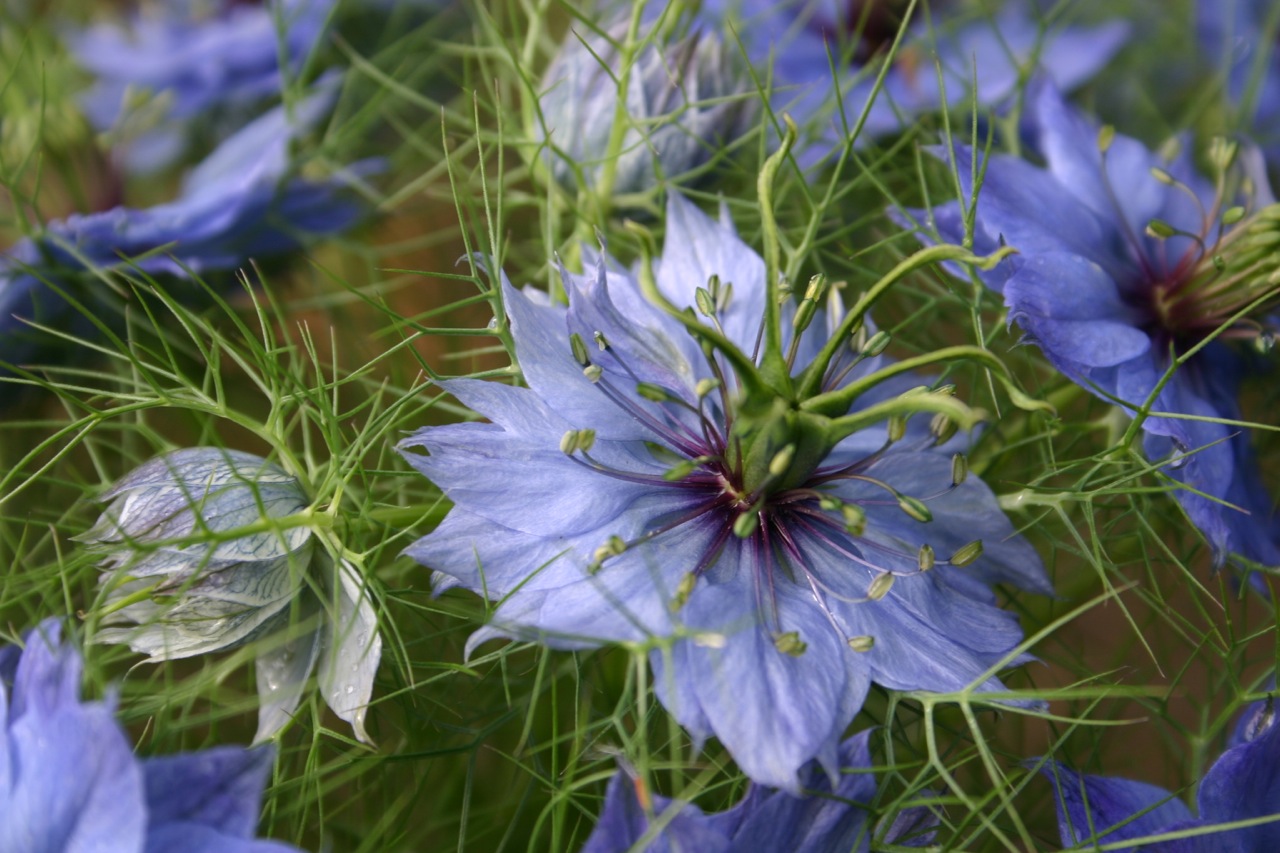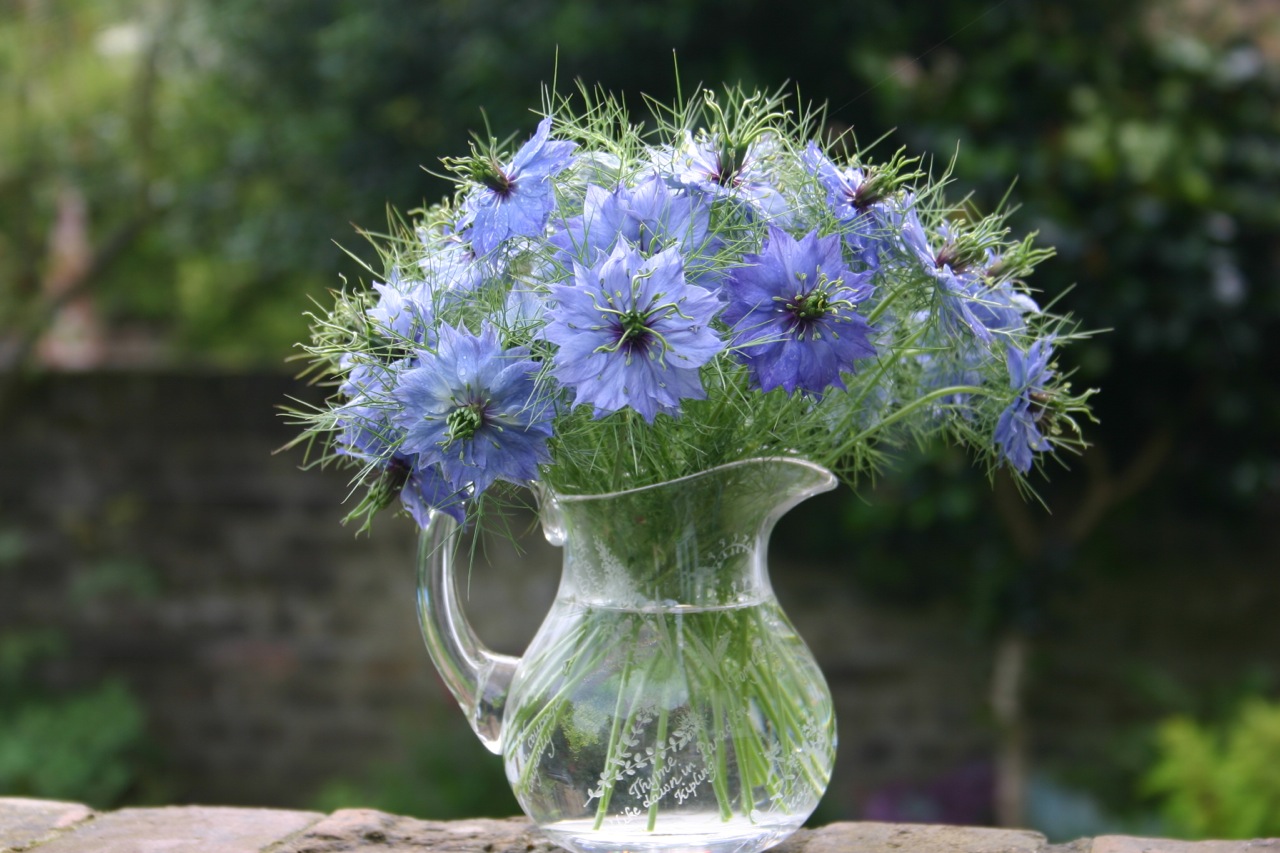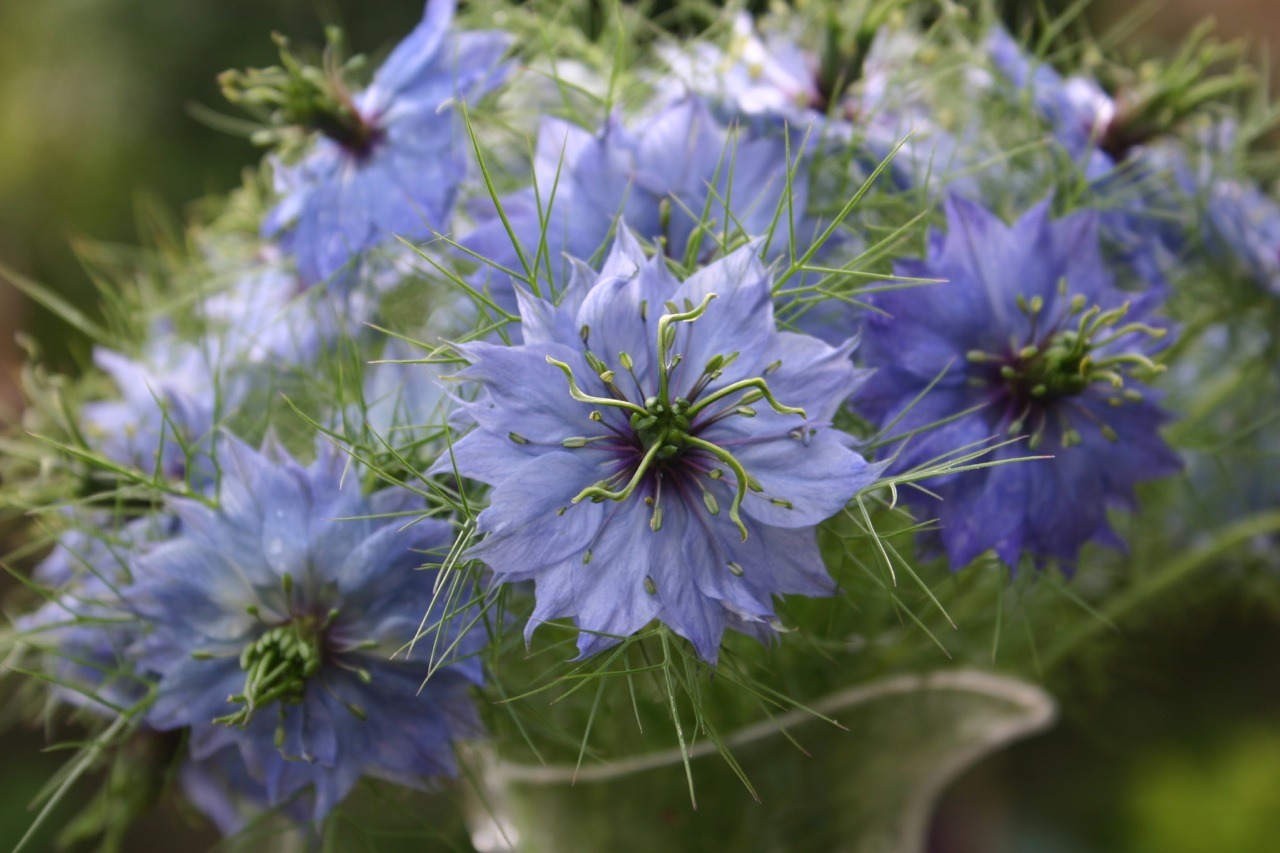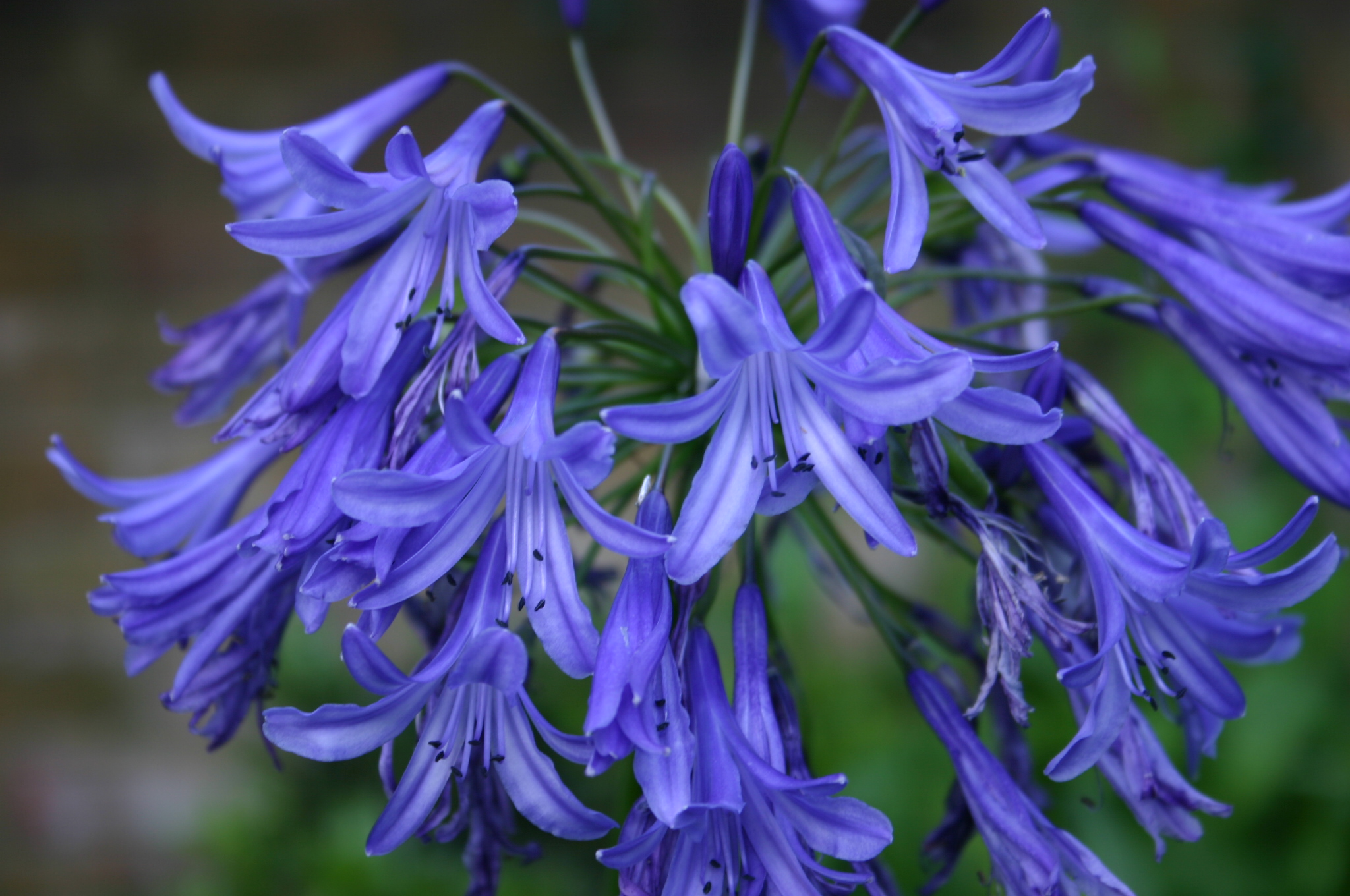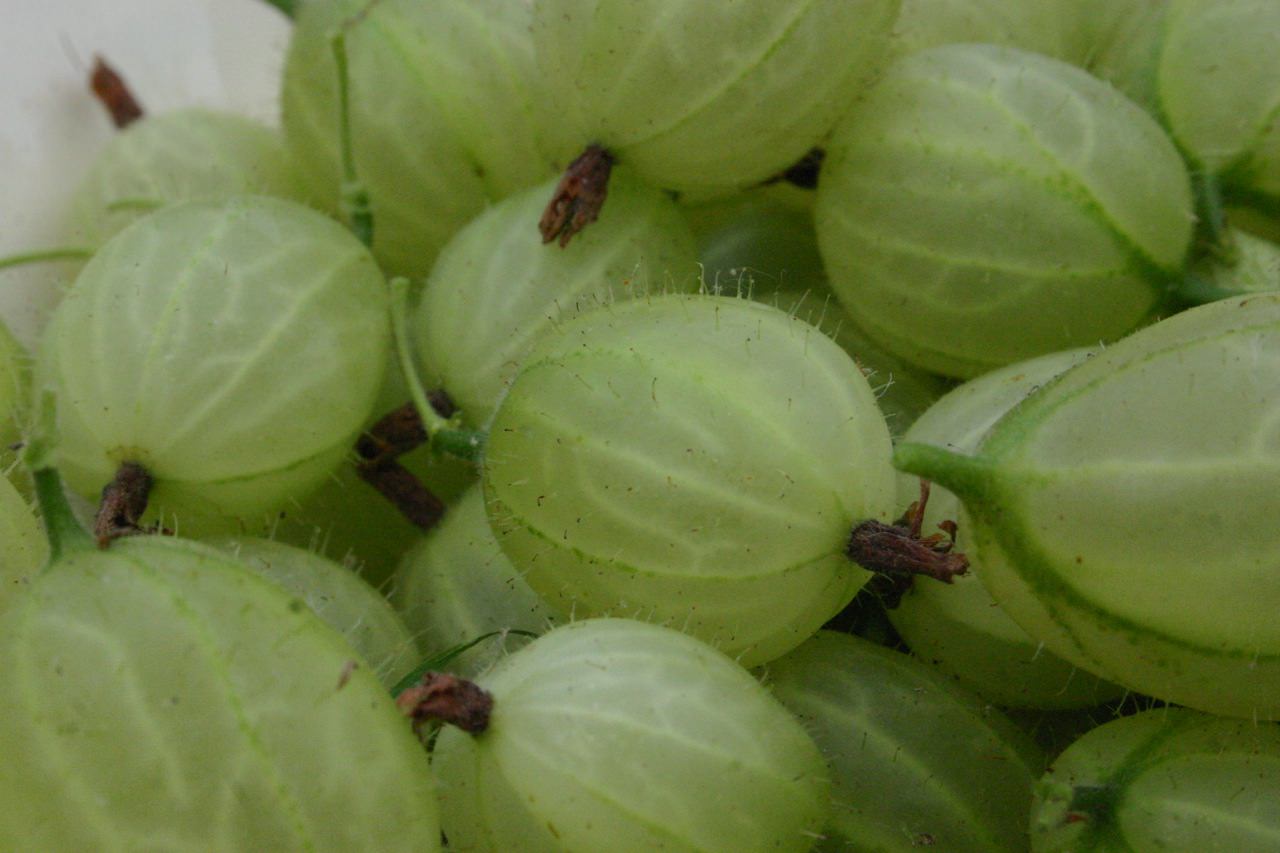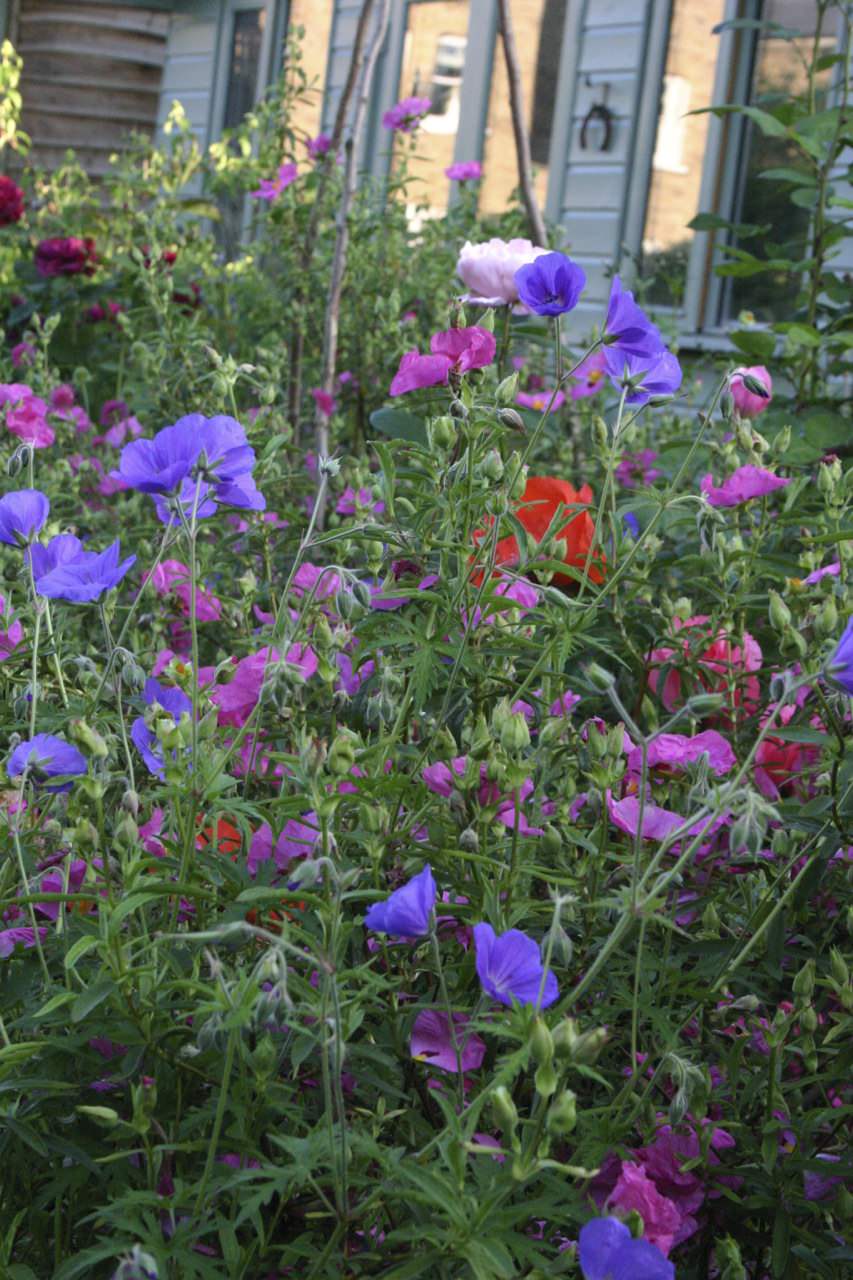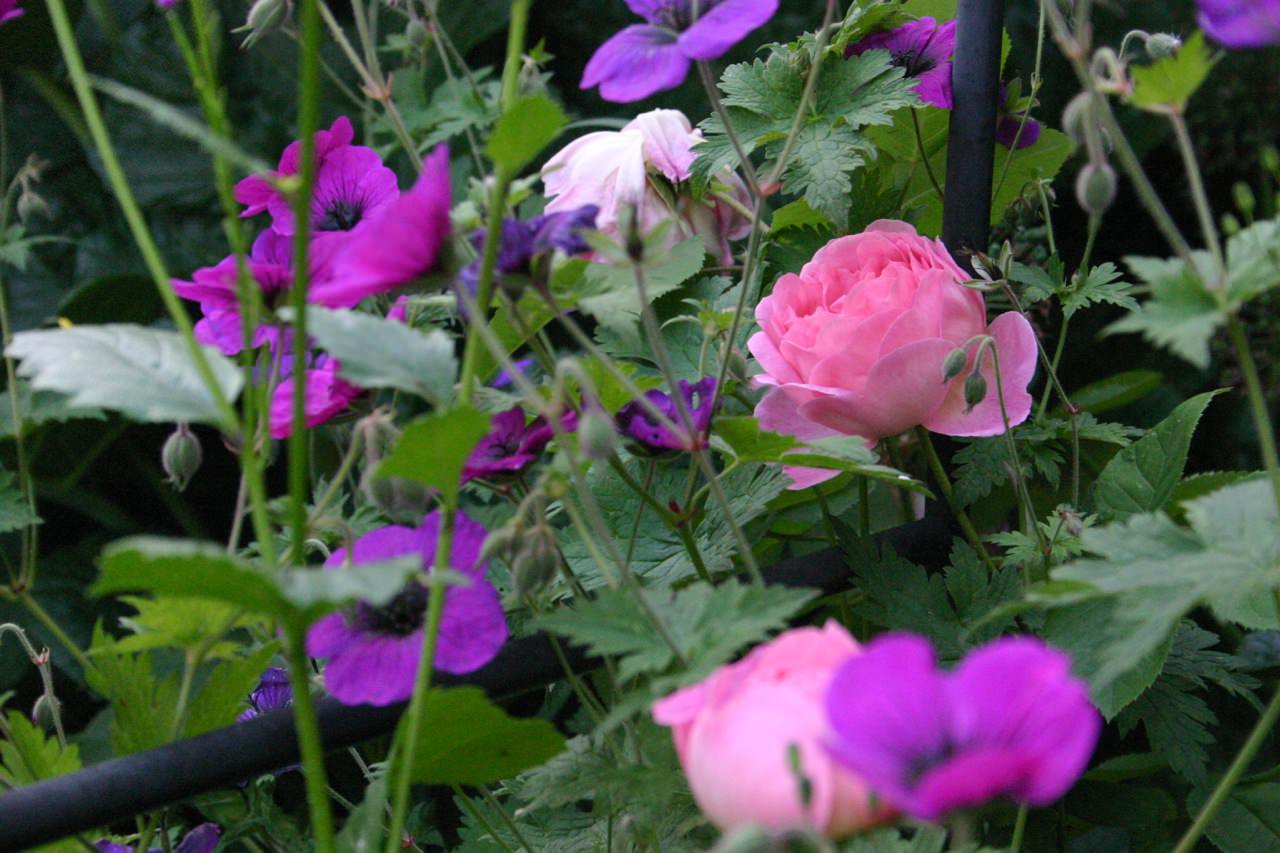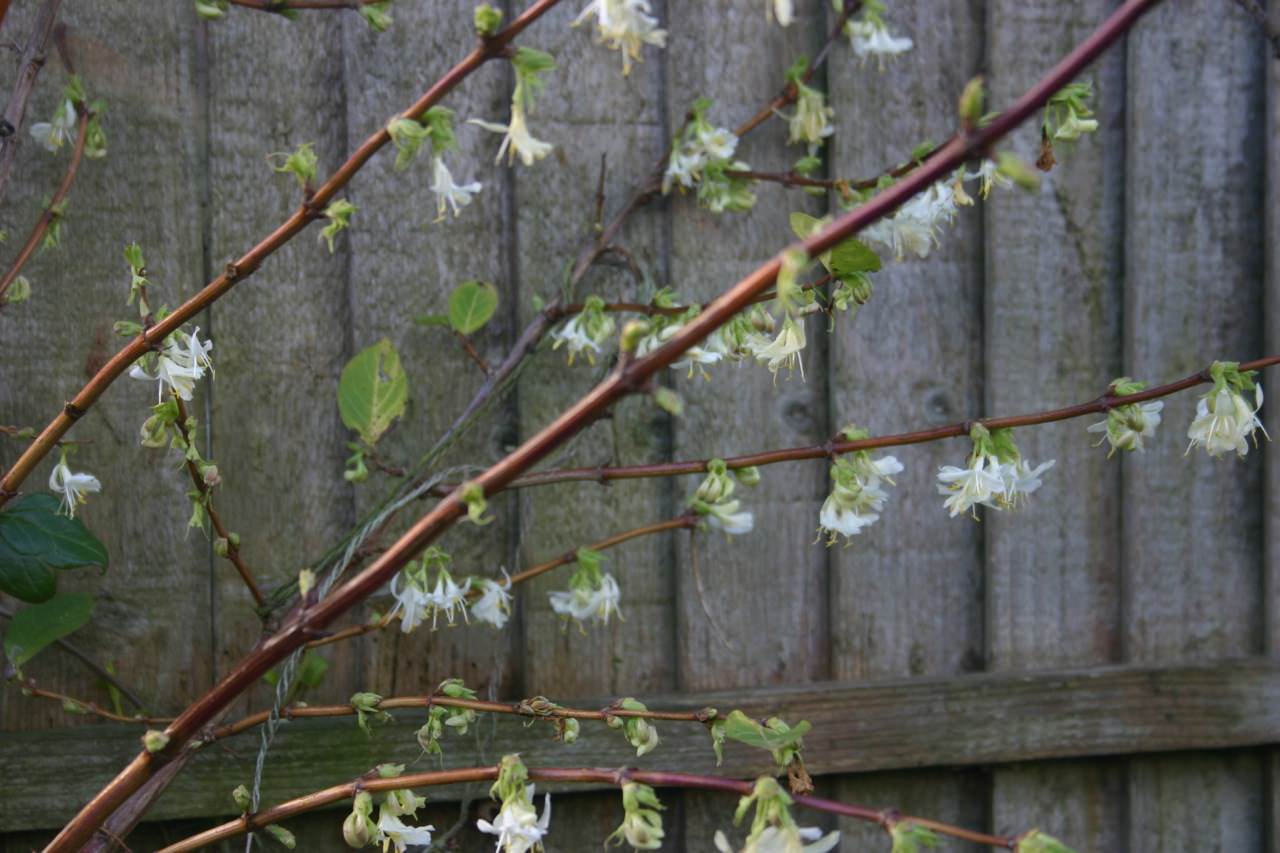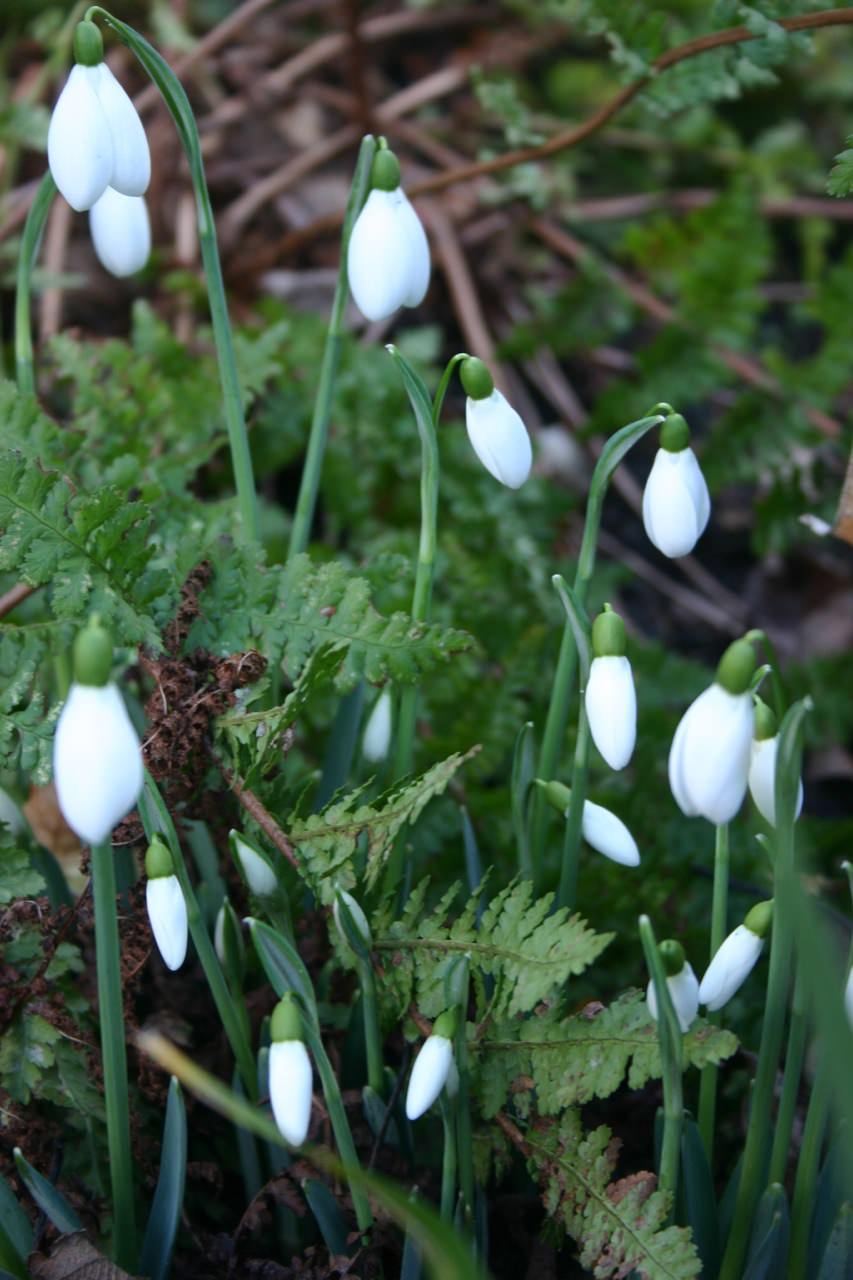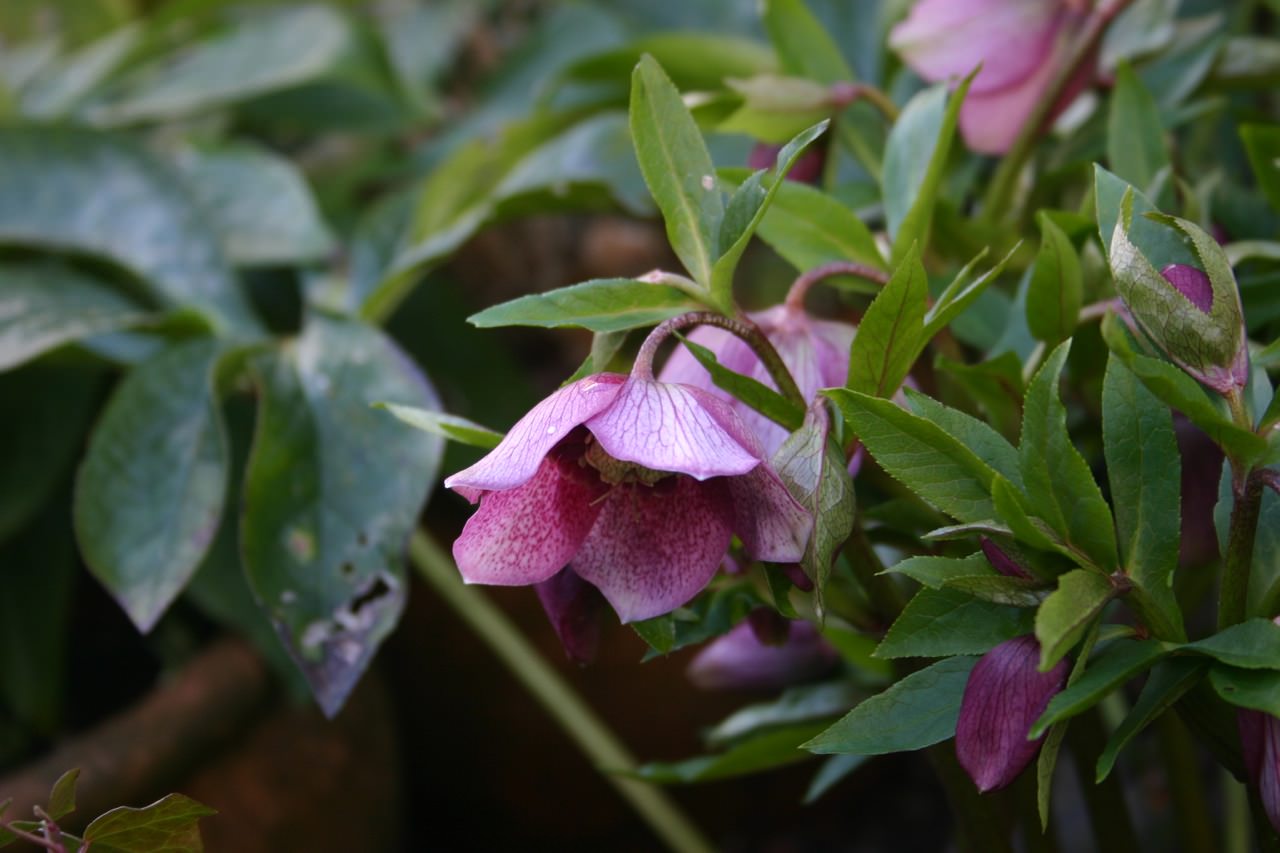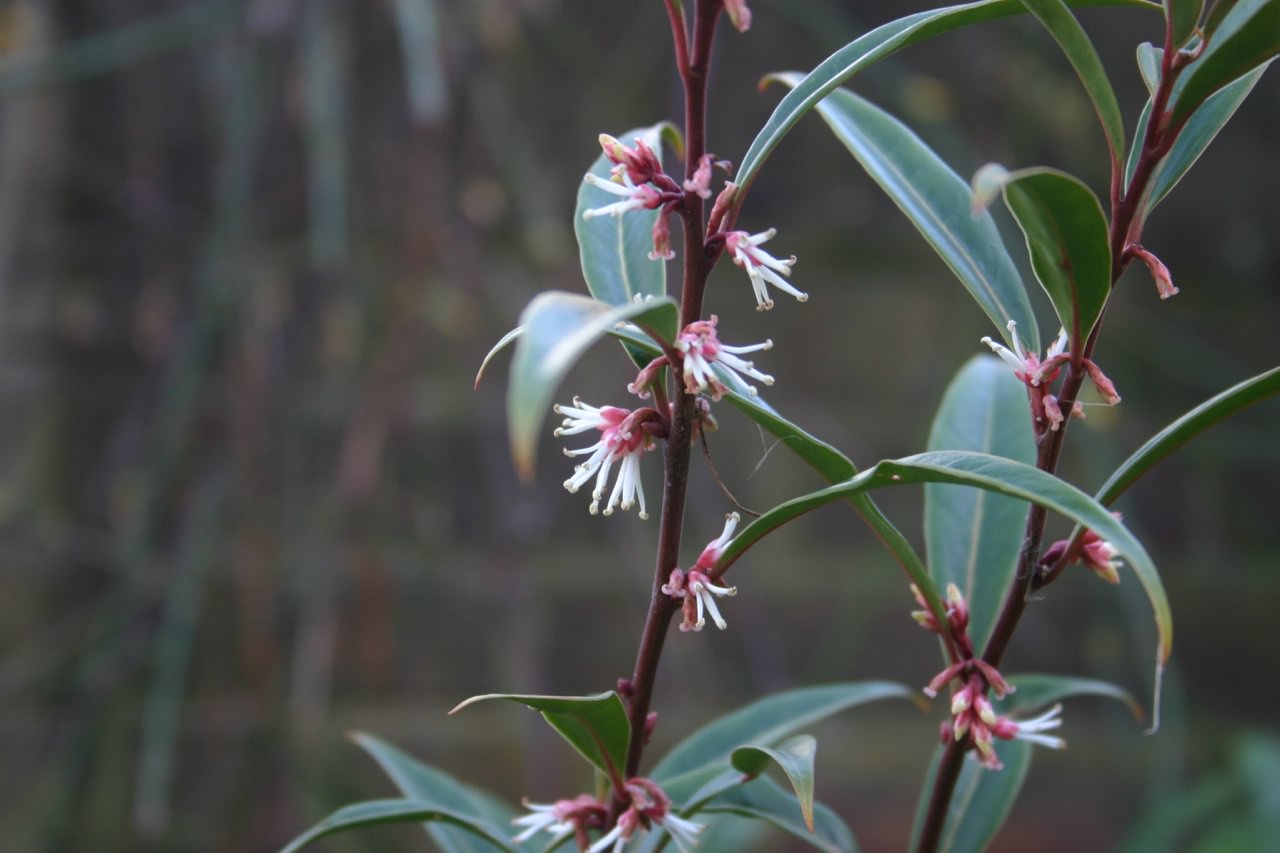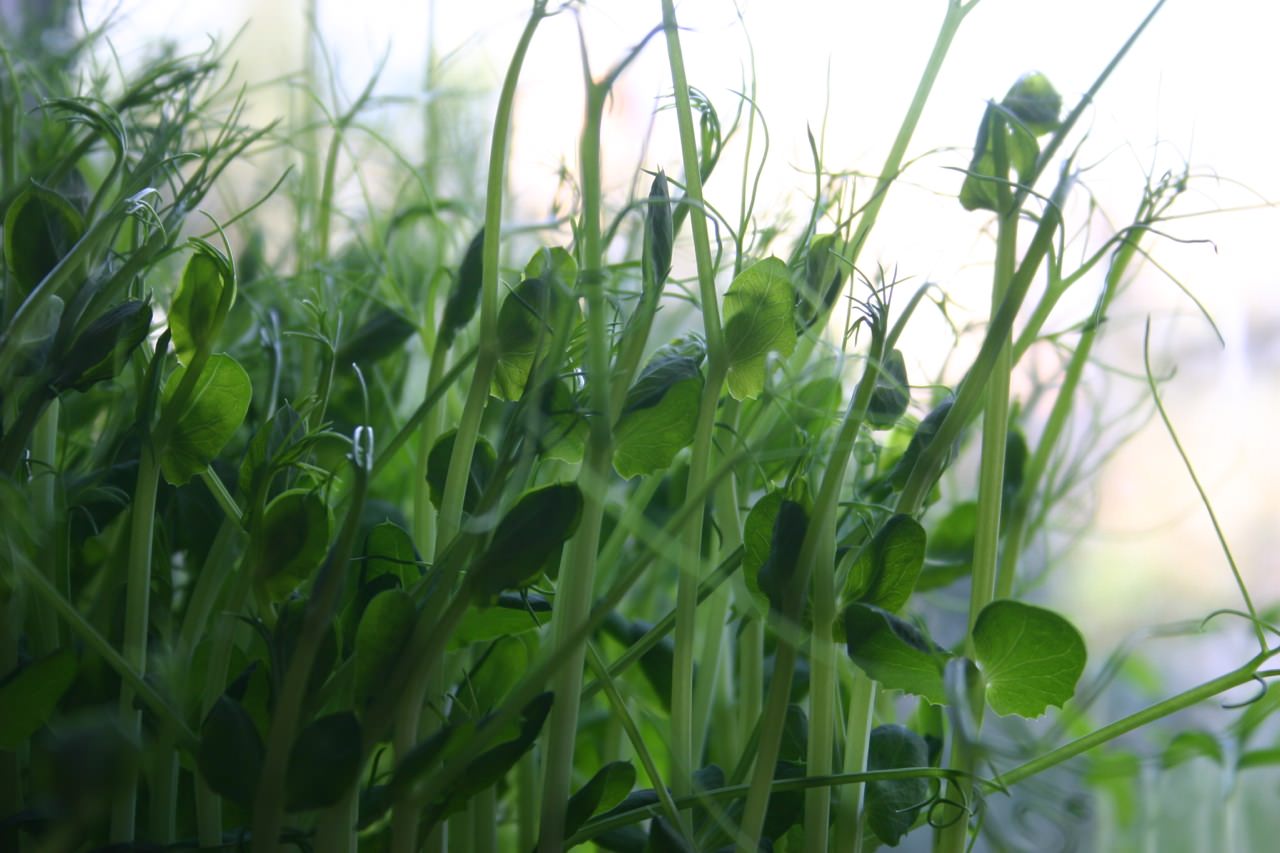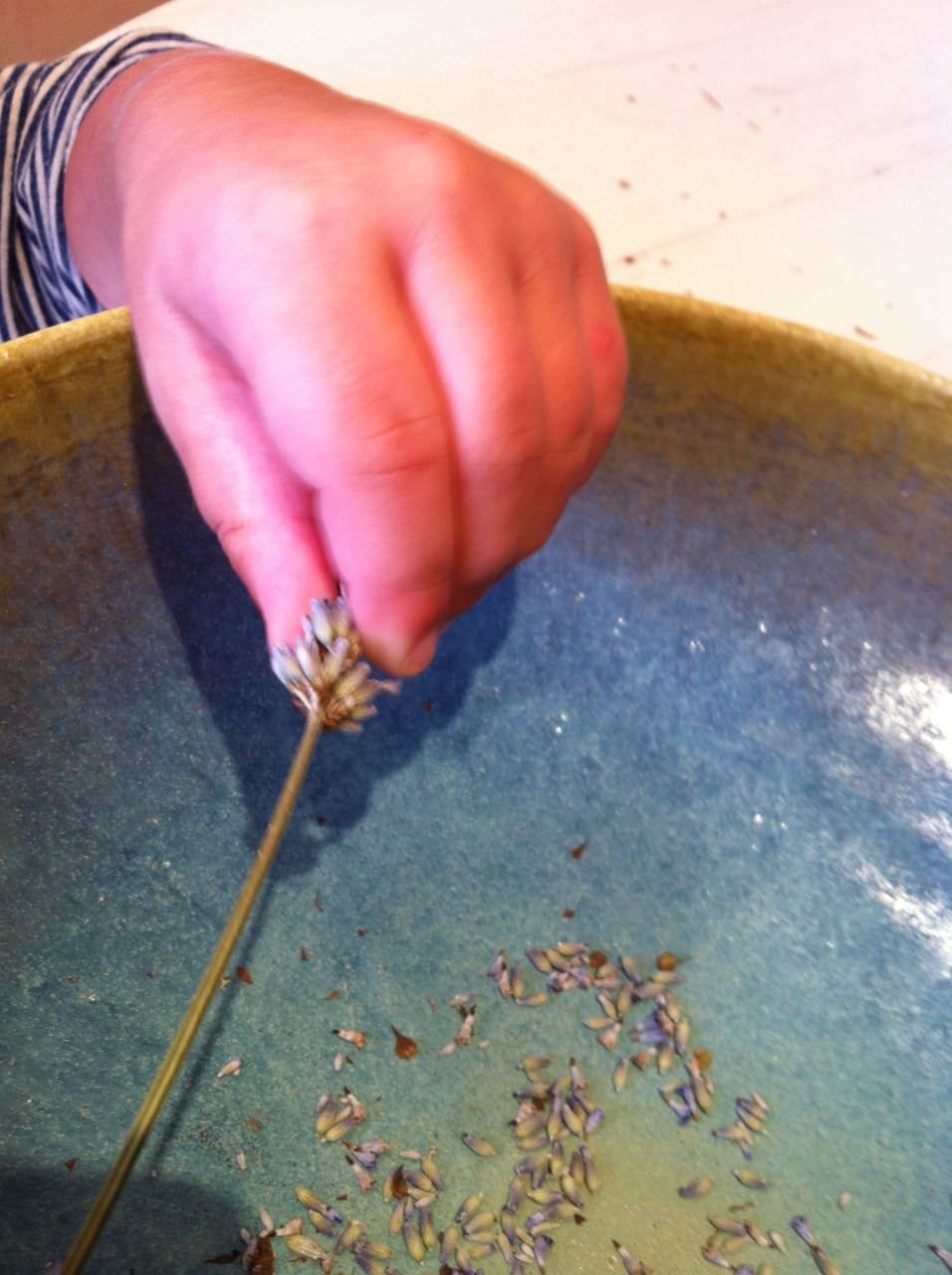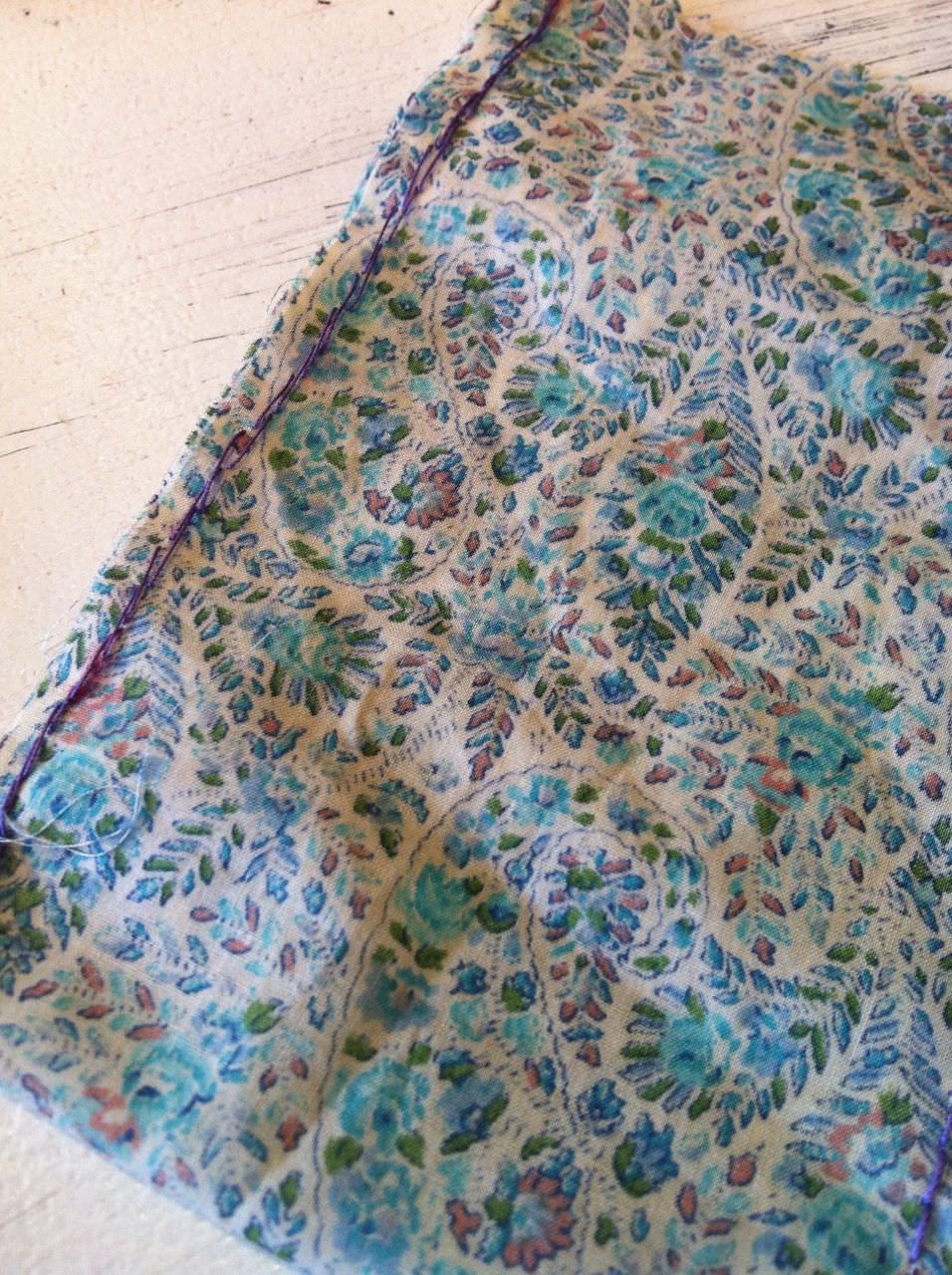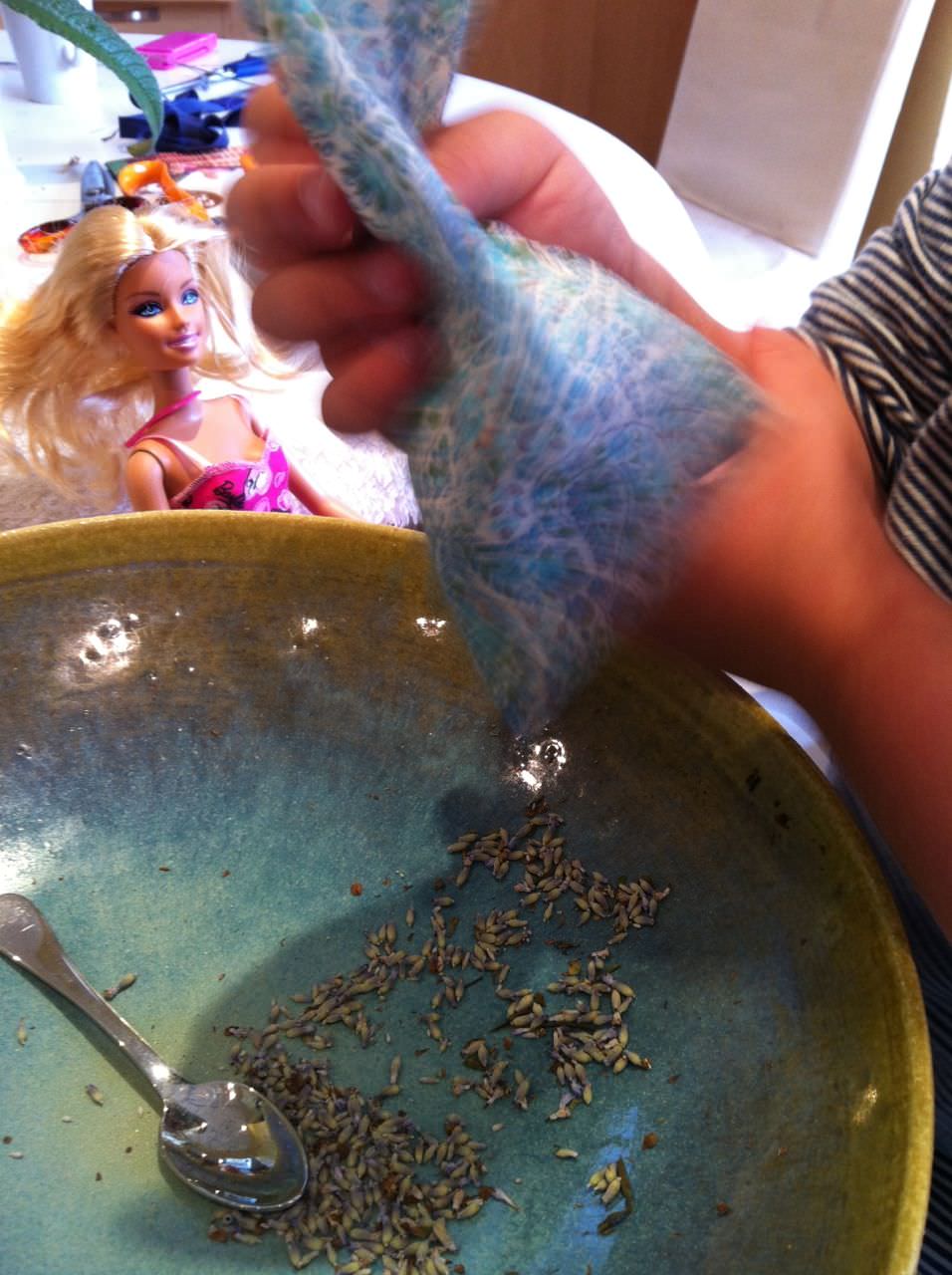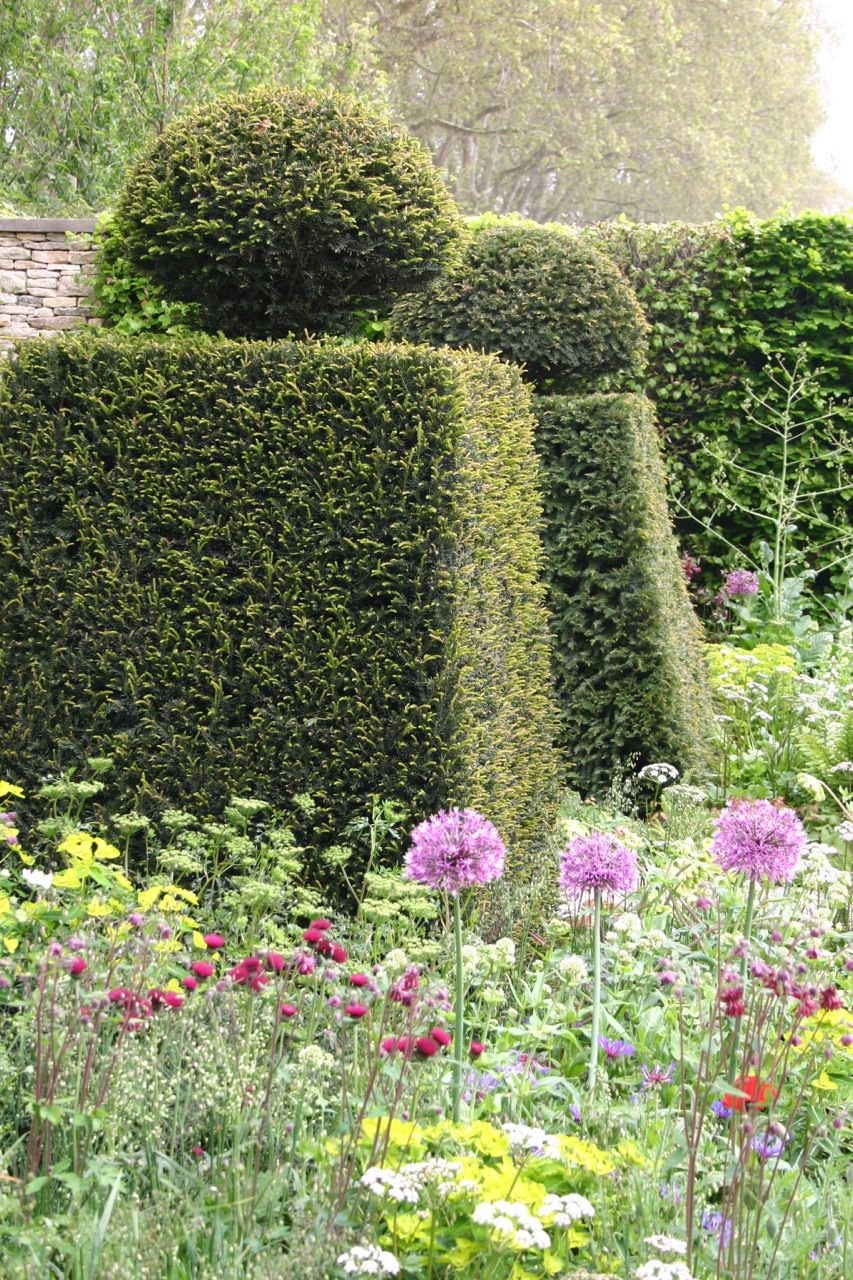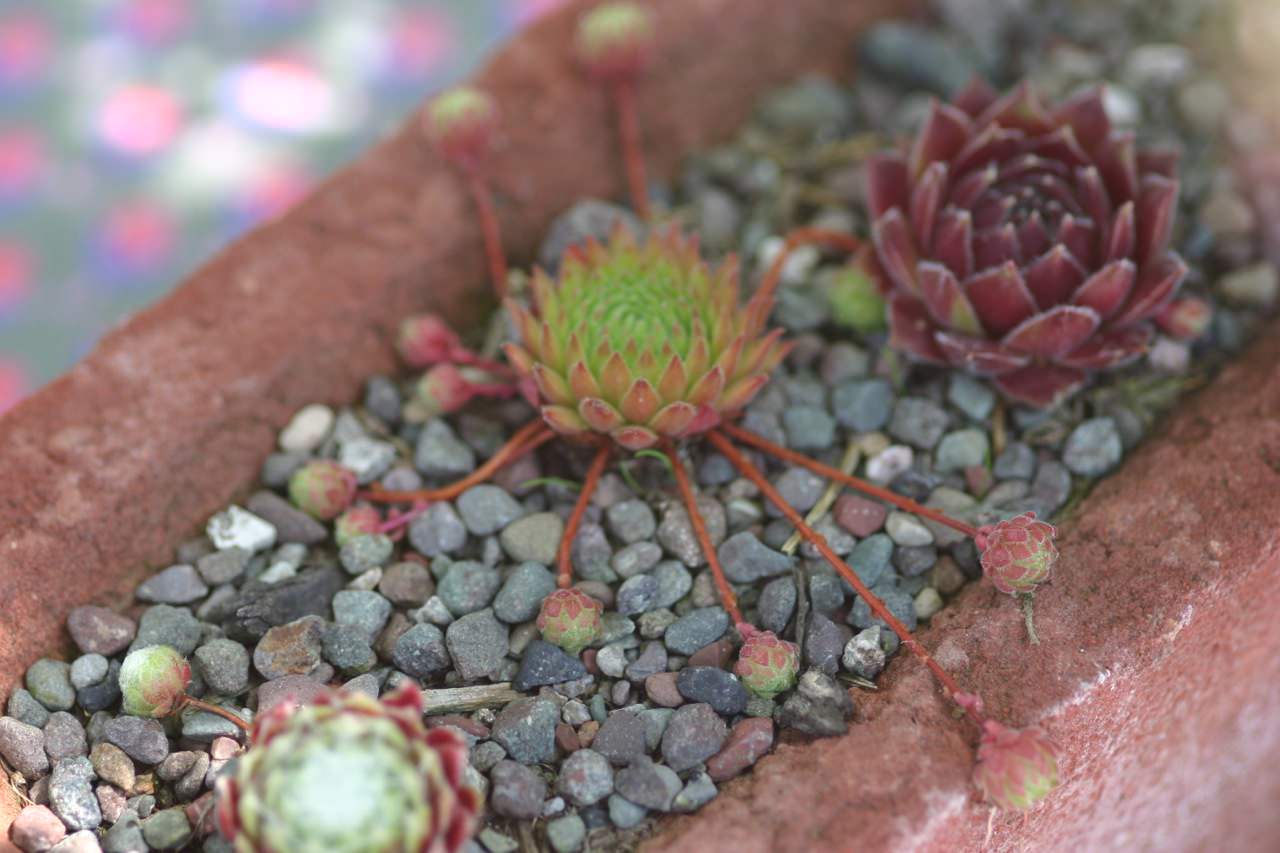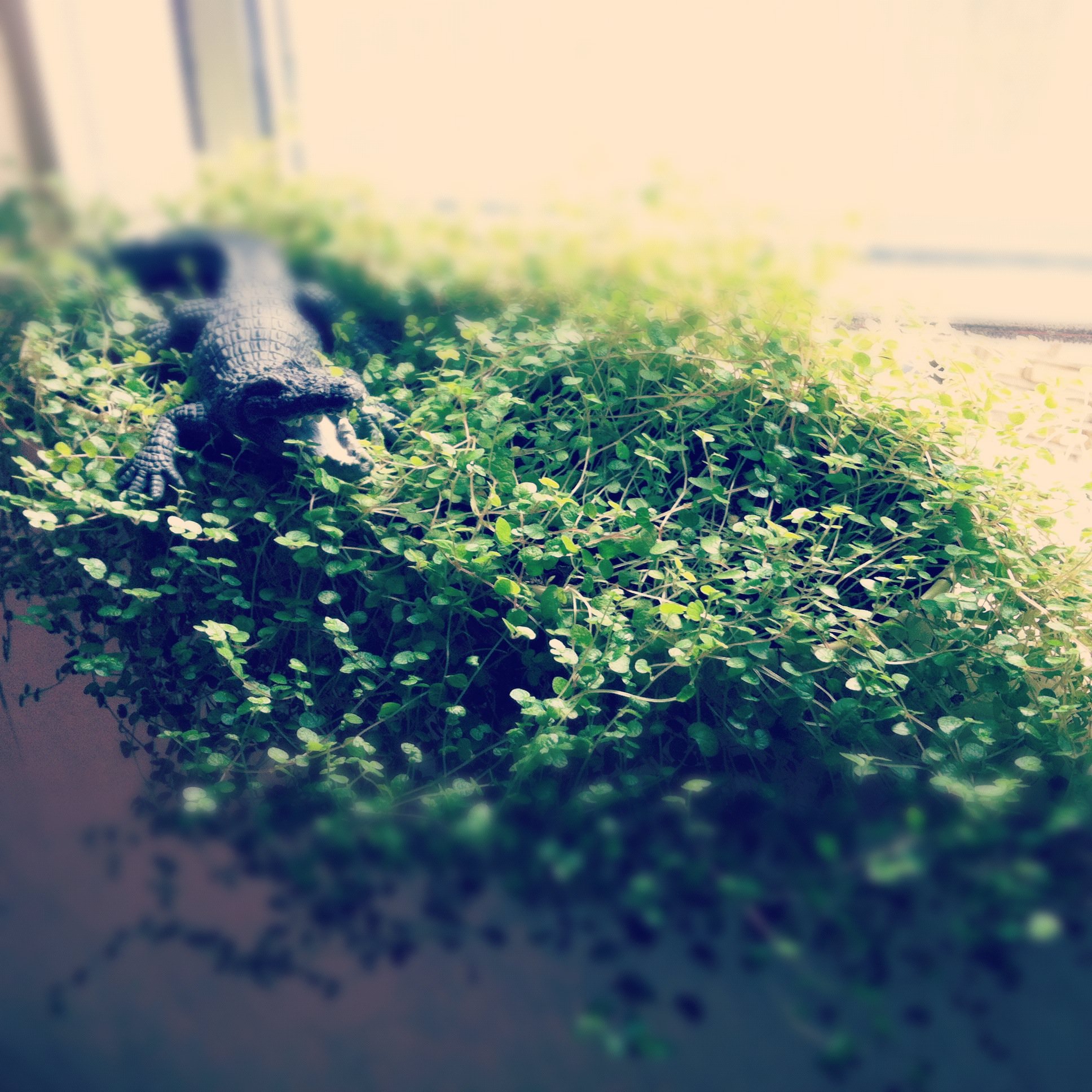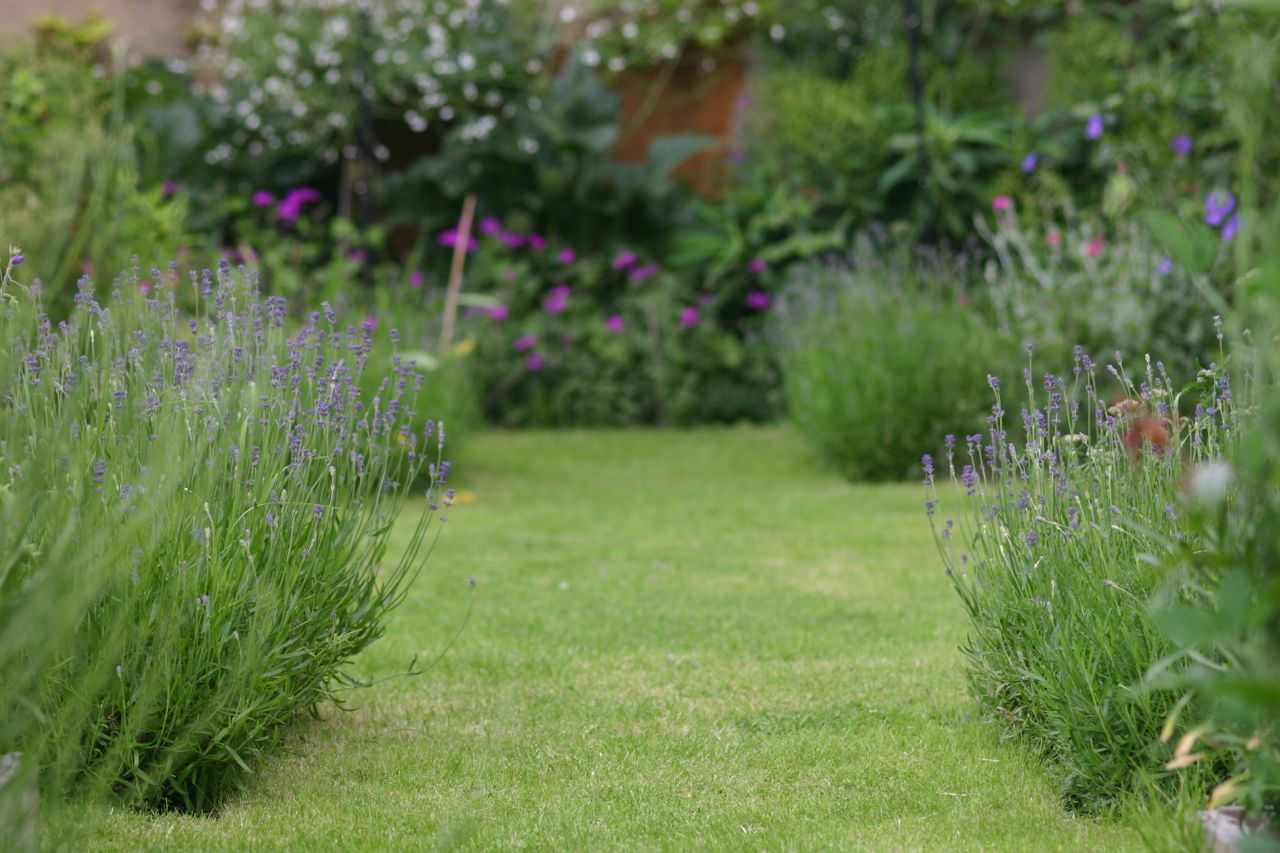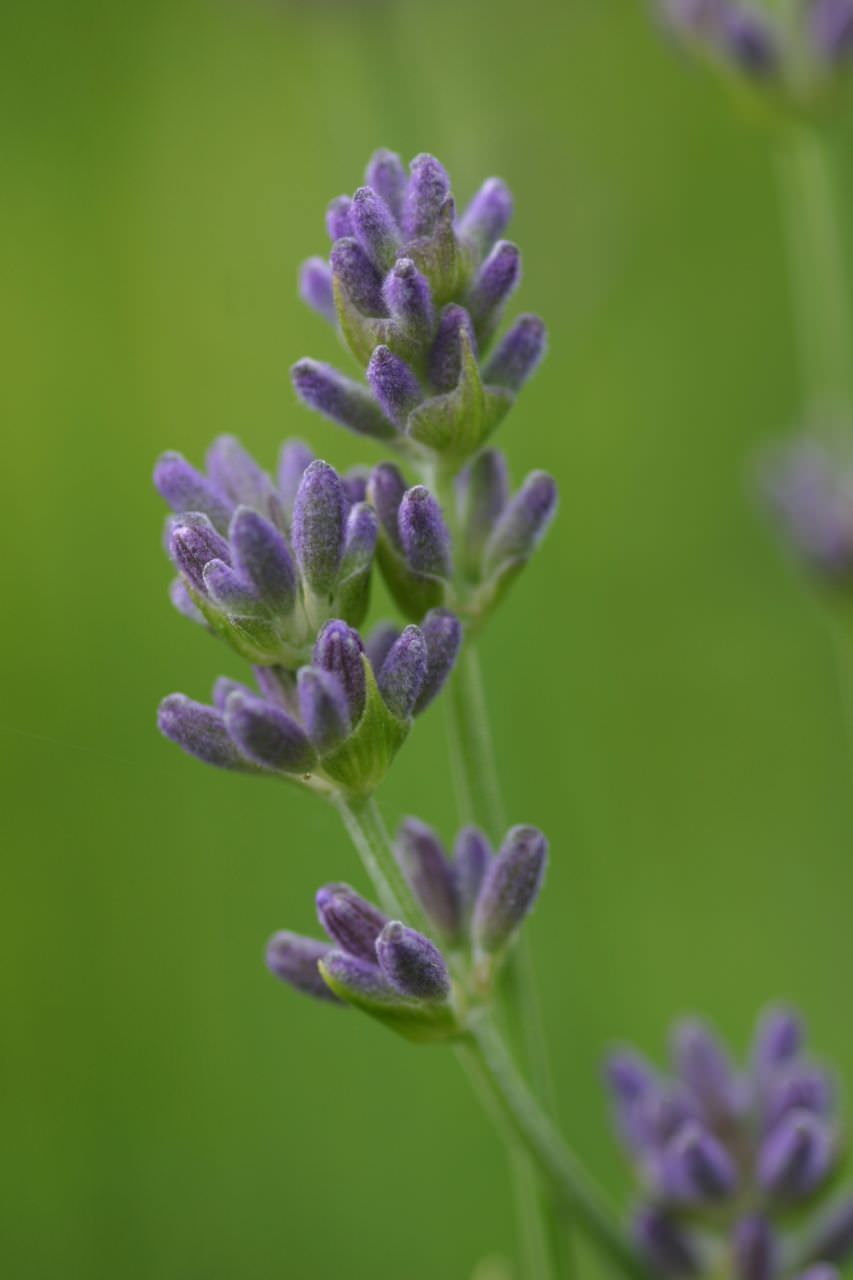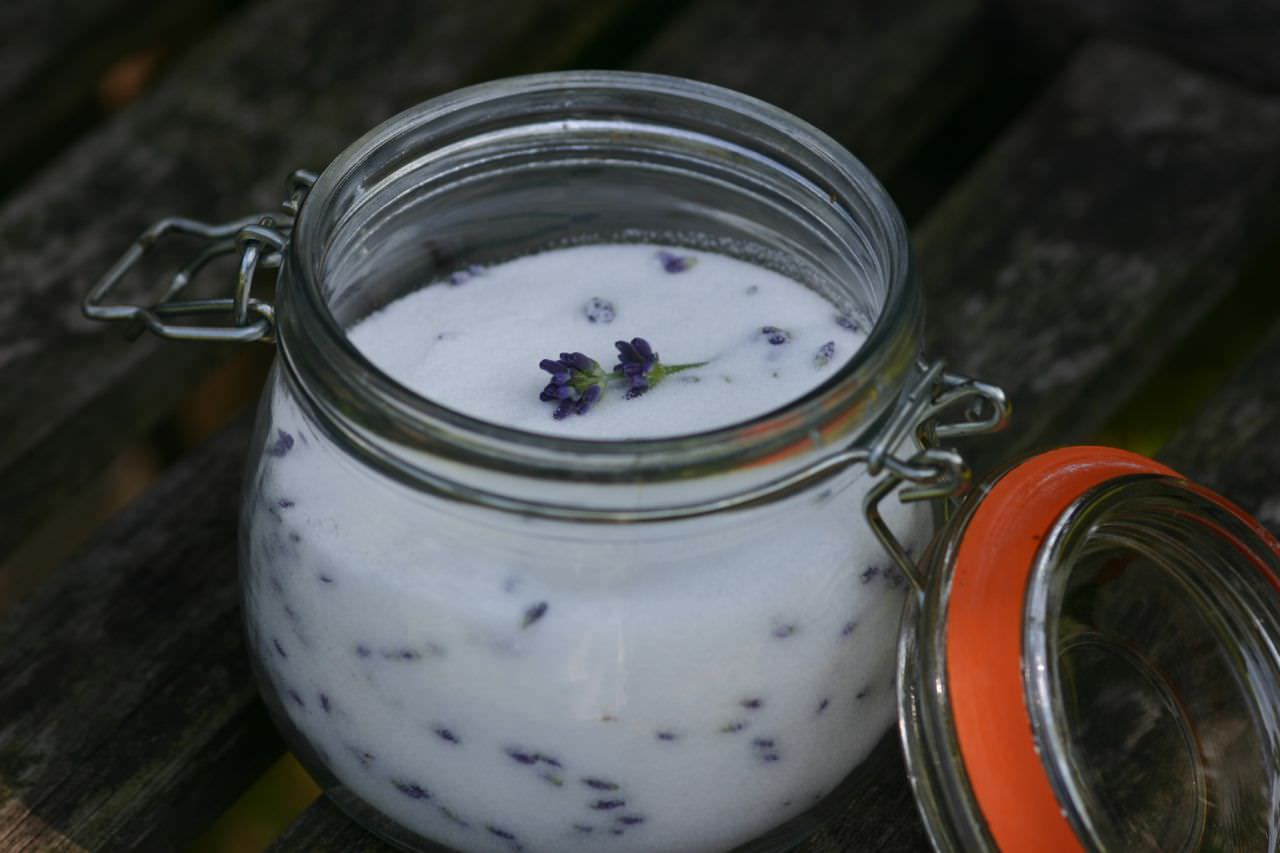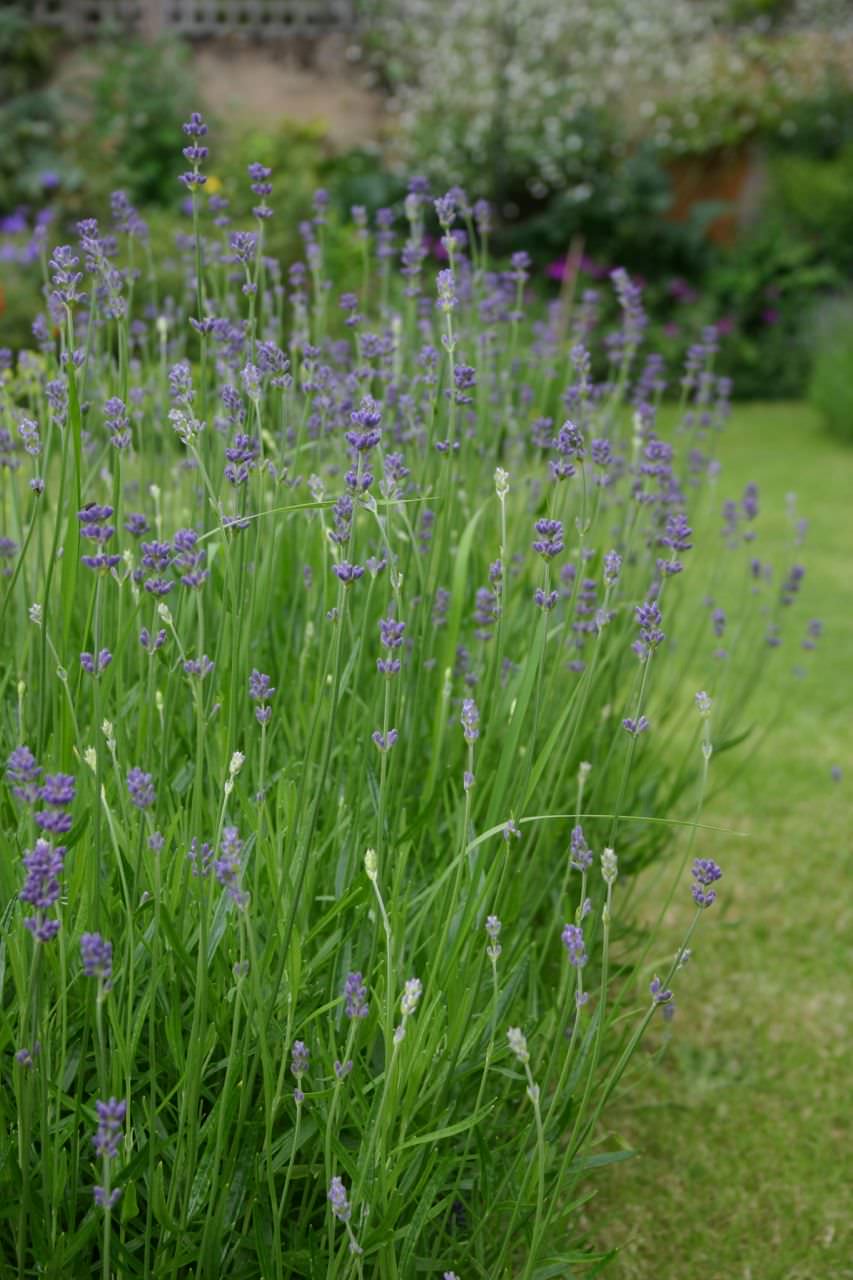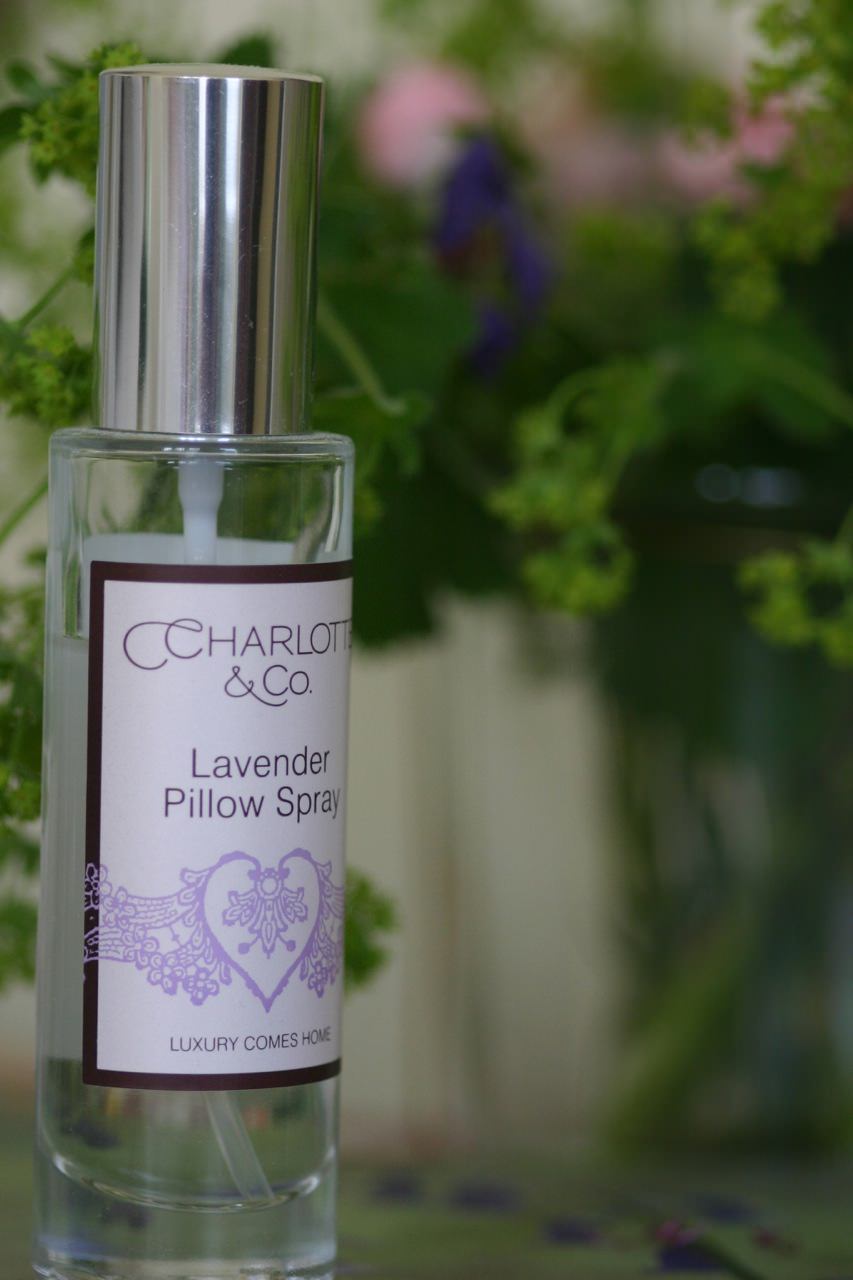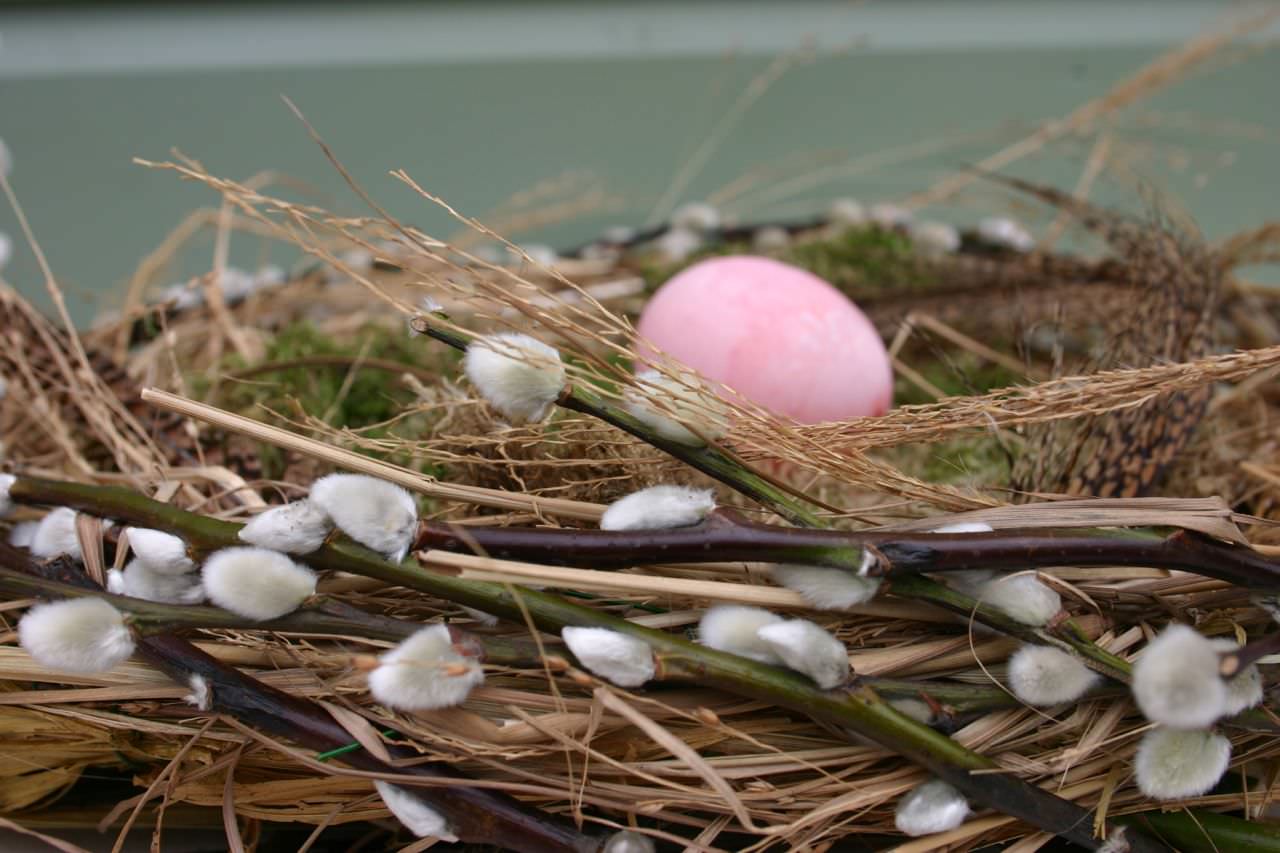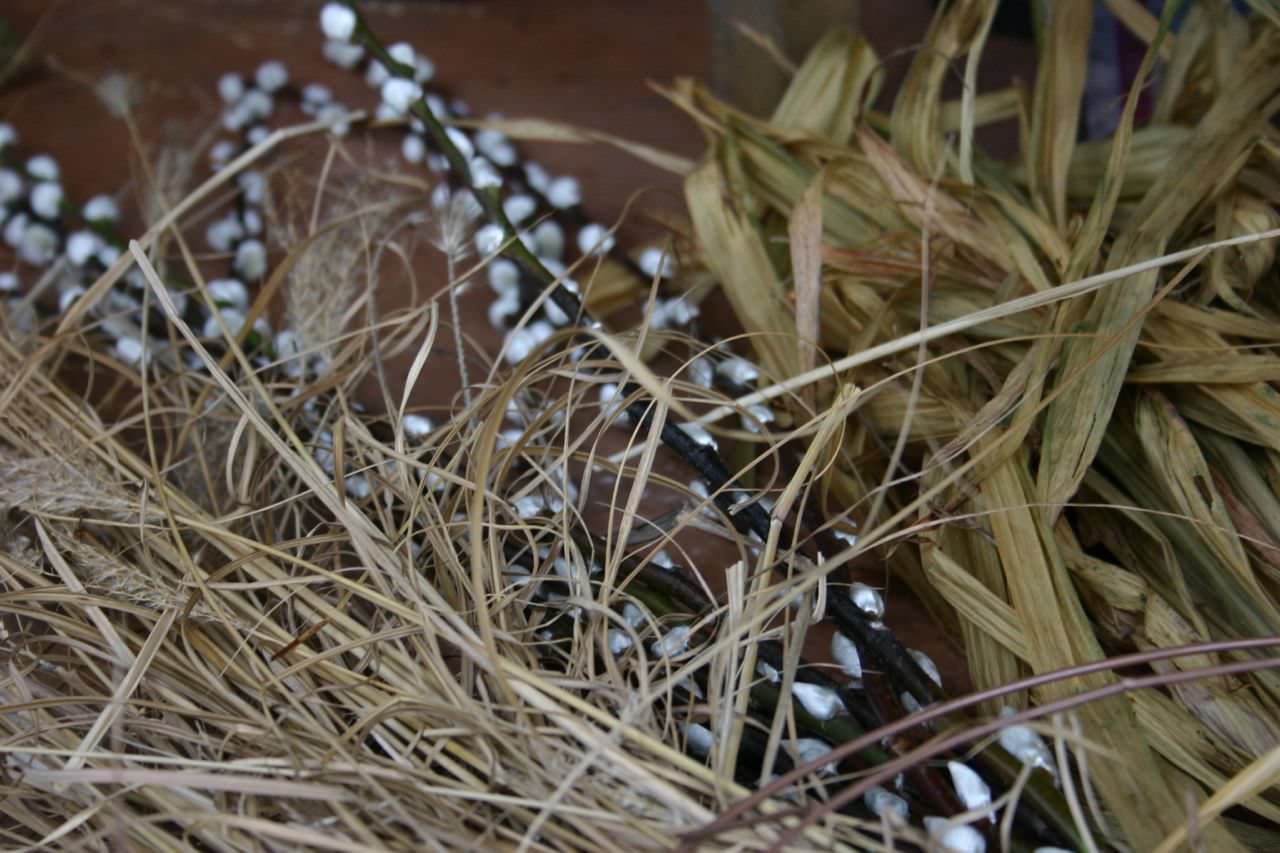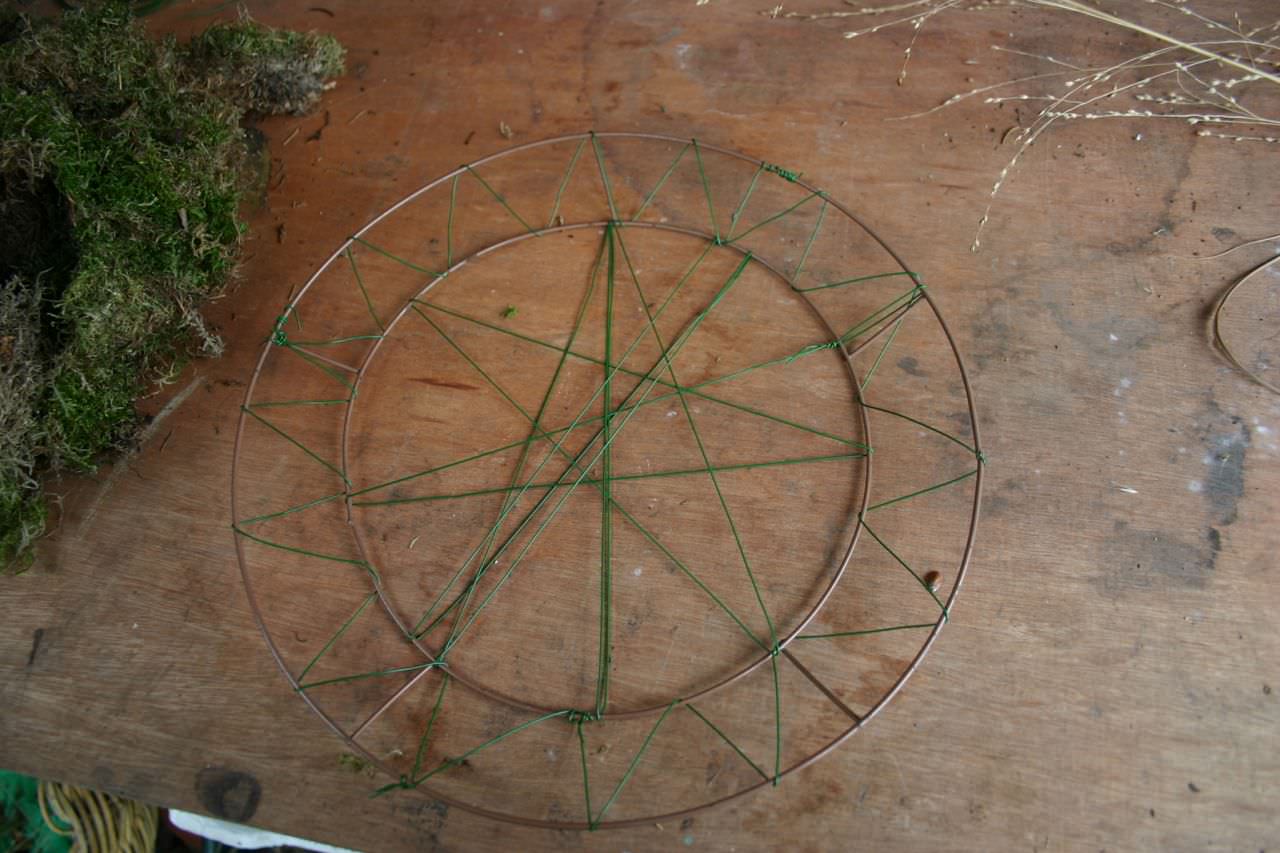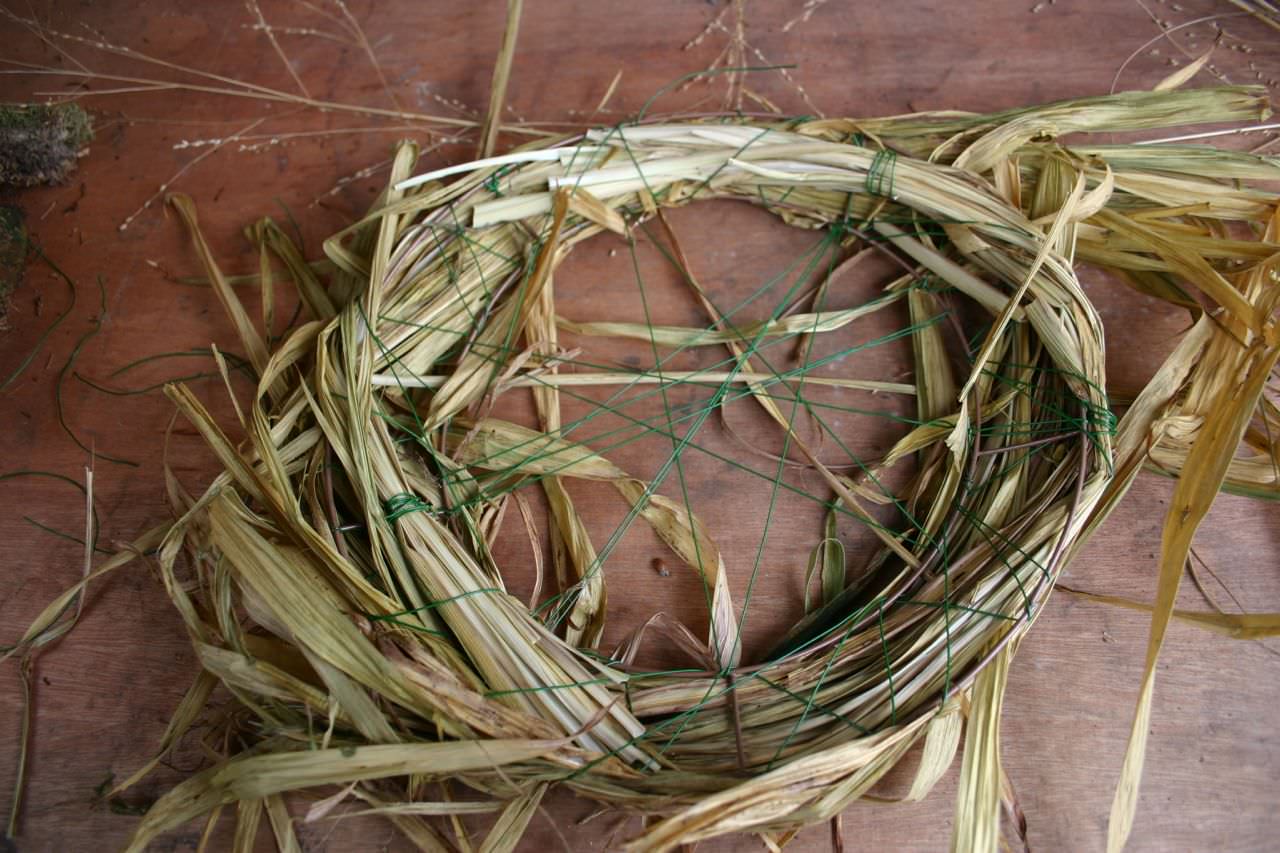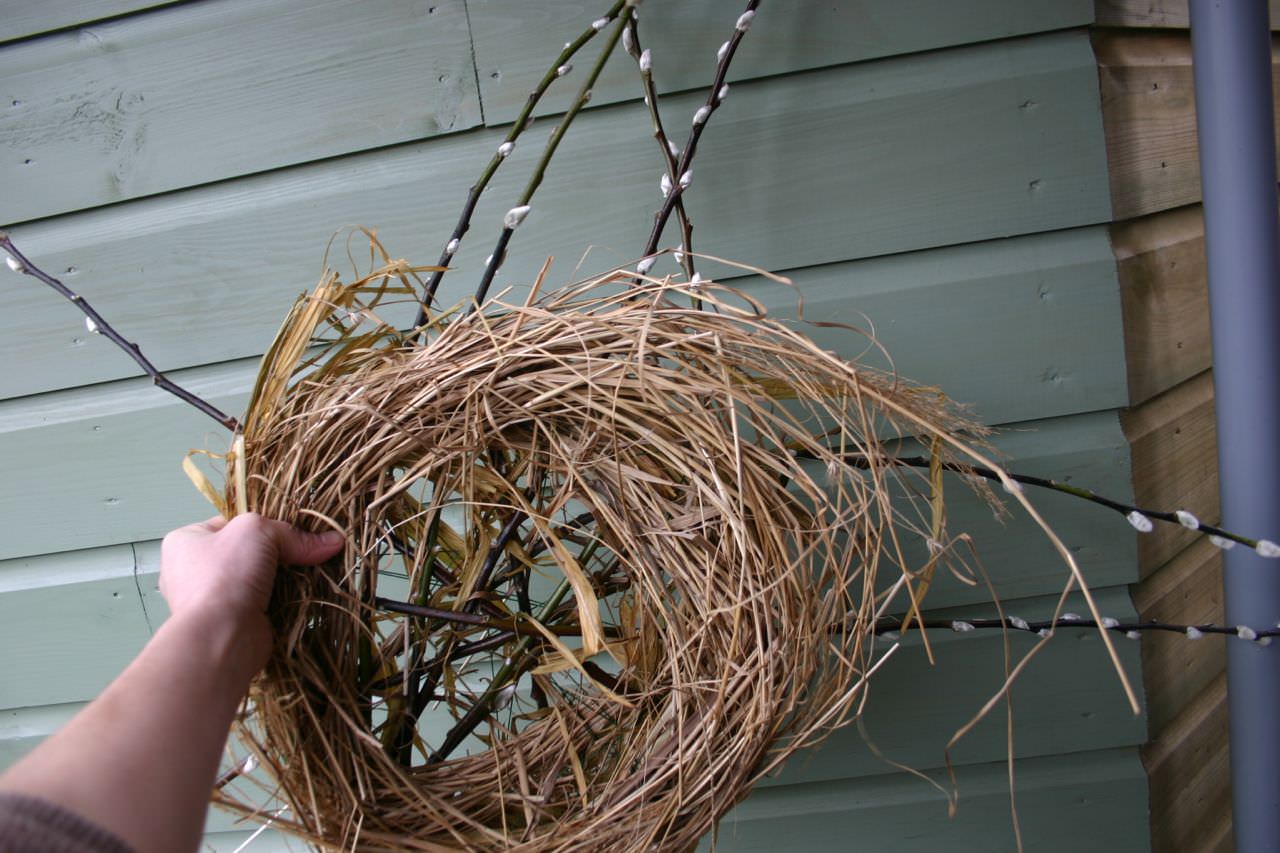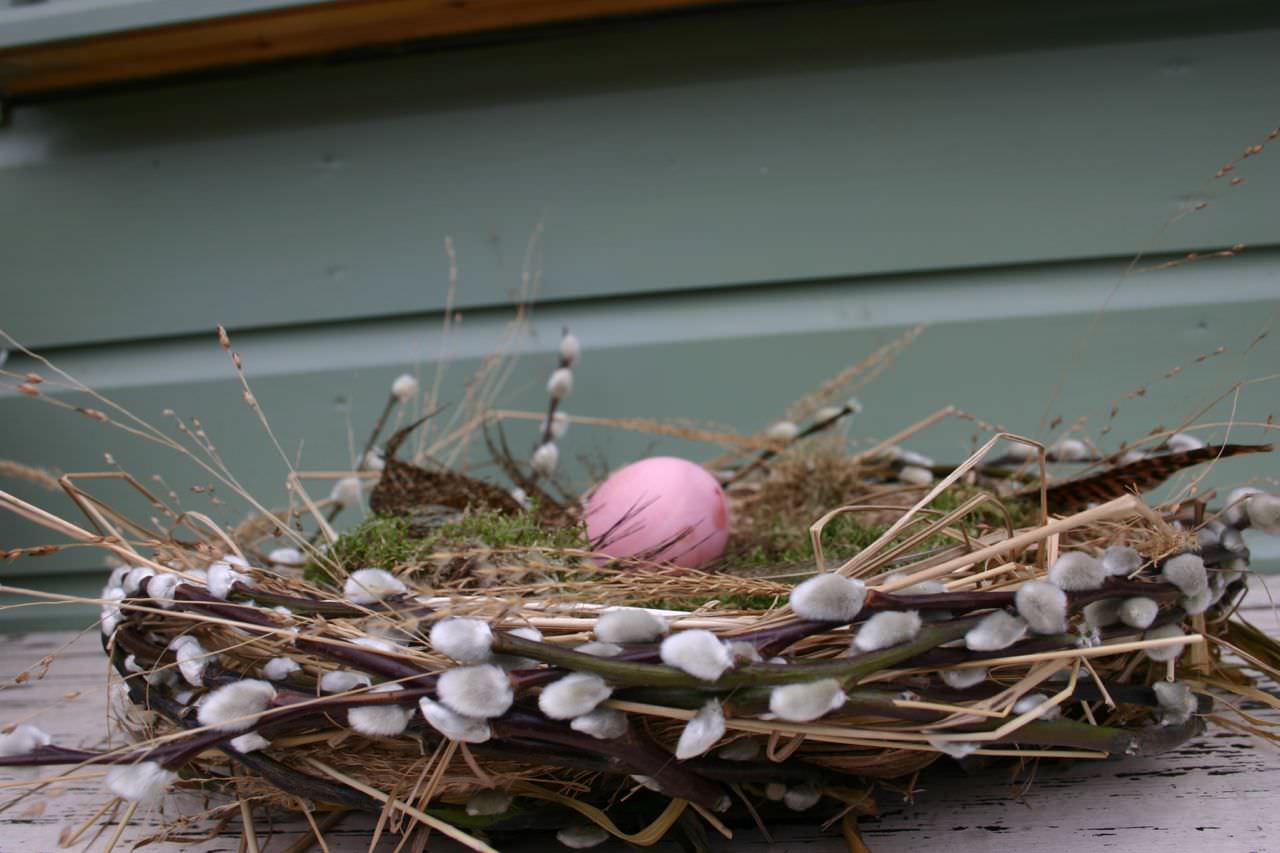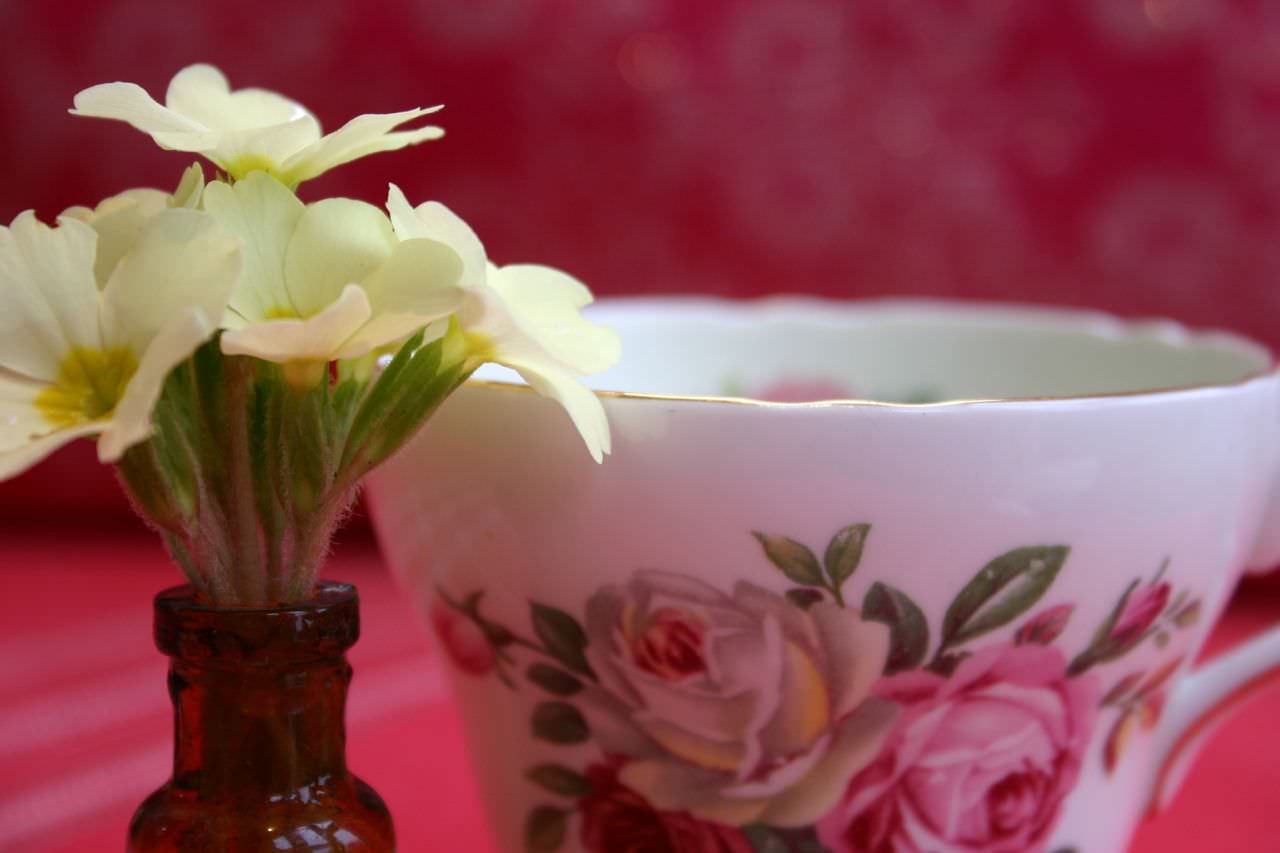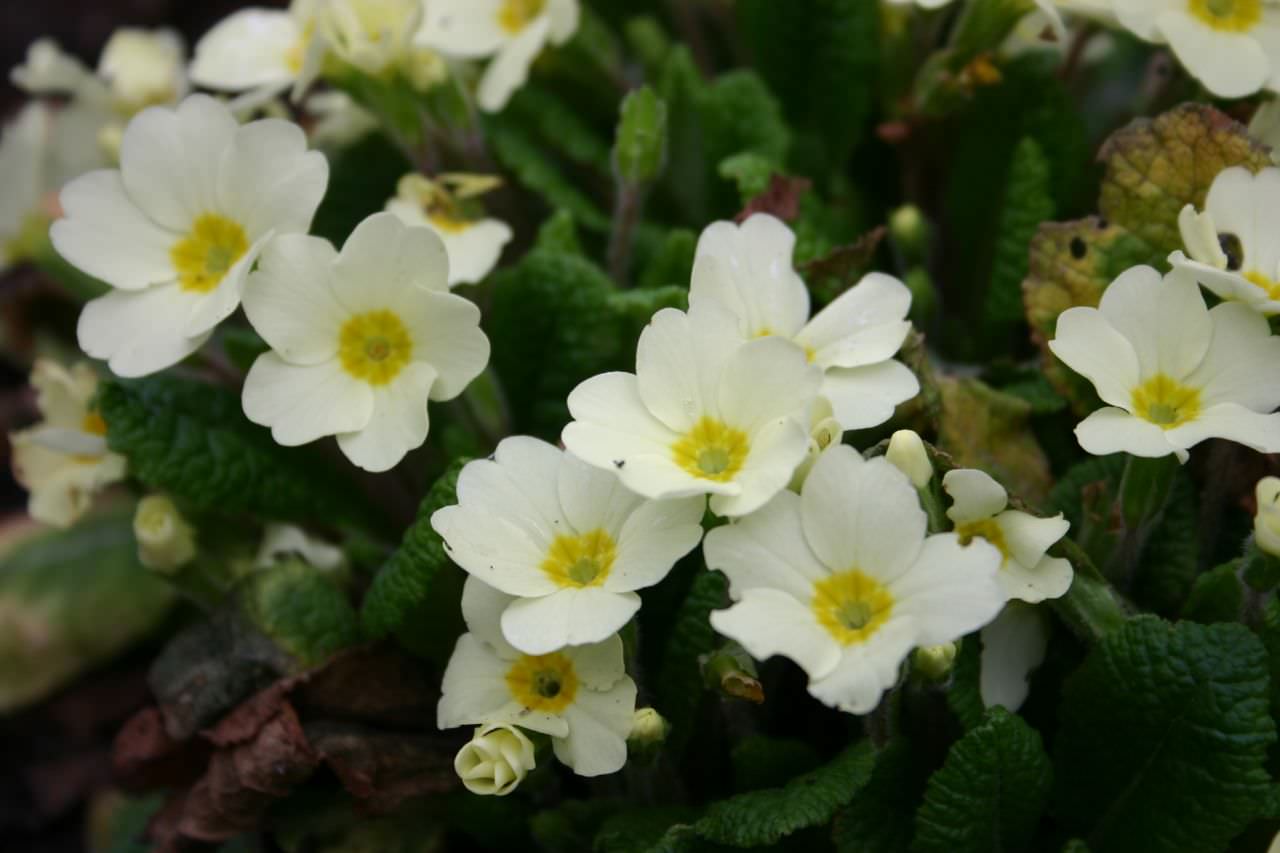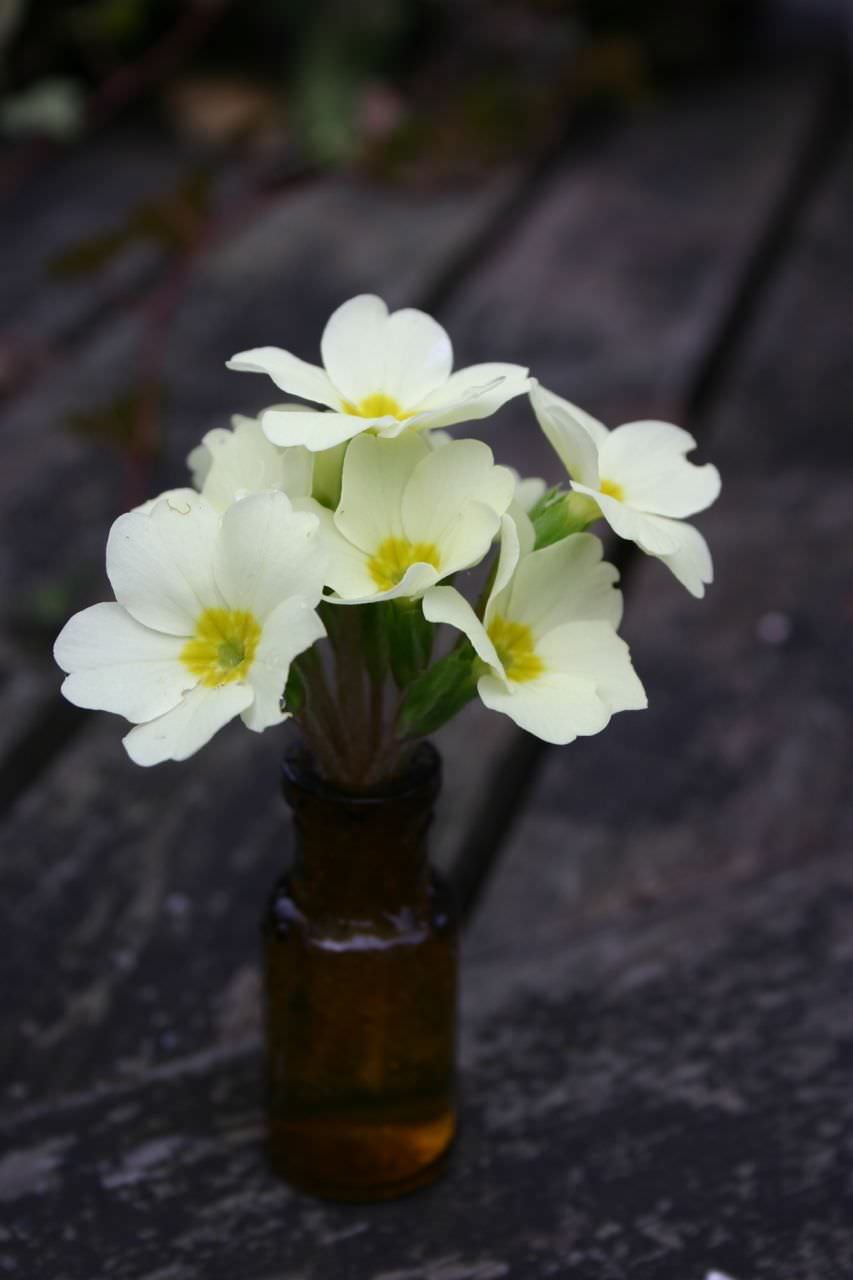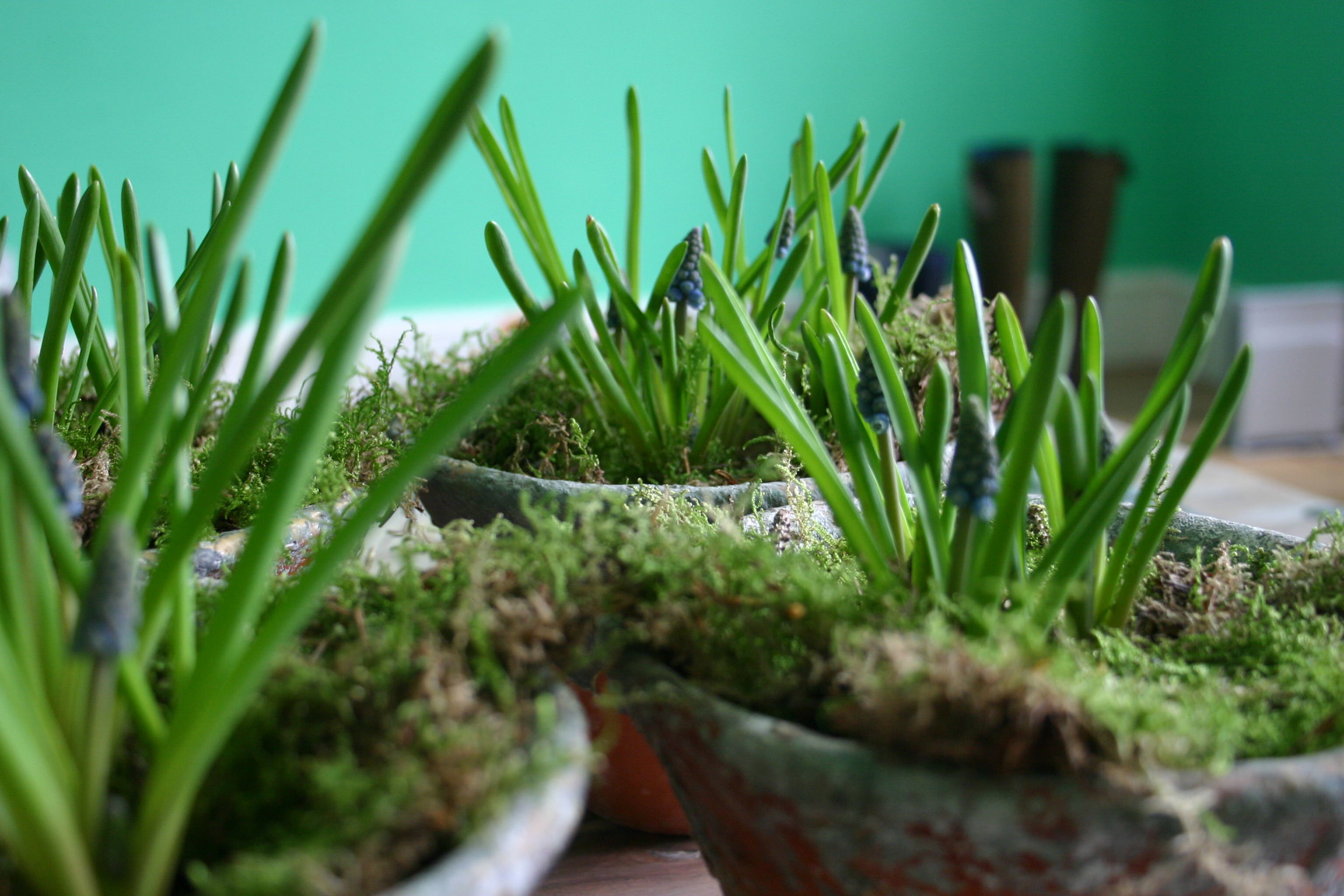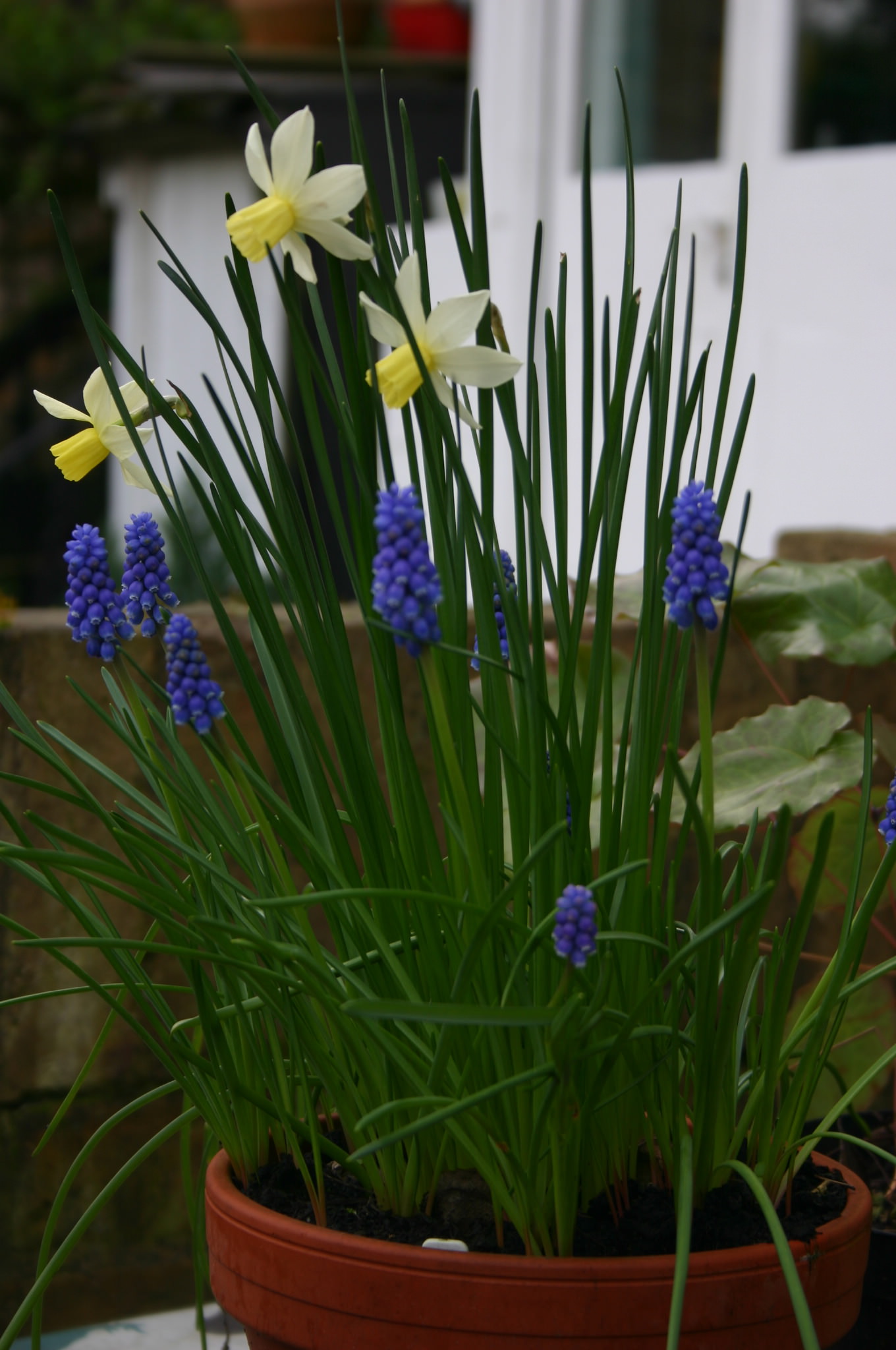
My new book, Sweet Peas for Summer is in the SHOPS, so I thought I'd do a little recipe in its honour
I've been wanting arches in my garden for quite some time now, (for sweet pea frolics and in order to satisfy my climbing rose fetish) and I've been holding back mainly because I thought it would be expensive, but then I spied these and realised it'd be silly not to really. True - it's not like having a proper blacksmithed confection, but, well, it's going to get covered in roses and sweet peas anyway.
So, for your gorgeous arch you need:
An arch like mine (or you could fashion one out of sticks and stuff if you were ... handy.
Two climbing roses. I have three arches, and I've used Rosa. Cecile Brunner on one, R. Blairii No. 2 on the second and R. Constance Spry on the third. The first two are eulogised in more detail here, and the third, well, I bought my roses from here with the kind help of Tom (talented flowersmith, who should definitely write a blog, and we all need to bully him until he does just that). Tom convinced me about Constance Spry by telling me that an arch full of it would be 'utterly camp'. Sold.

Sweet peas. It depends on the girth of the arch you're going for, but each of mine got about six sweet pea plants planted on either side. You can get sweet peas in the shops right now. Mine were sown in October last year (I know...get me!) and came from here. This is the first time I have ever done autumn-sown sweet peas. It is deeply satisfying but in my HUMBLE opinion it's not necessary unless you're planting hundreds of the things.

Some well-rotted manure (optional, but great if you can get it). Otherwise, chuck in some 'soil improver' also sold in bags.
A nice, weed-free, fertile, sunny site (i.e. the holy grail). I cleared each end of my raised vegetable beds to do this project. Don't worry too much if things aren't perfect though. Sweet peas are terribly obliging. They will give it a good go, whatever you do to them. Roses are a rather longer-term proposition, so do pick one that's suited to your site.
Some natural-coloured garden twine. (String, to you and me)
Some pea sticks or netting for those tendrils to climb up
Method:
First you need to erect your arch. Mine came flat-packed and I'm VERY glad I had a power drill to drive all those screws in (otherwise it would have taken me all day). It wasn't taxing though...just boring. Stick it into the ground and make sure it's properly secure. I know that I'm going to have to reinforce my arches some wintertime, because once there are roses all over them, then the wind will rock them (wind-rock is no good for roses, or anything else planty). This will probably involve driving a stake into the ground or something like that. At any rate, it's far too boring to think about right now. Once my arch was up, I stuck a twiggy pea stick into the ground to proved something for the sweet peas to climb up. You could equally throw some netting over the arch and tie it down securely.
Next, plant your roses. If they're in pots then they won't have put out roots yet so don't be surprised if all the compost falls away when you take them out. Dig two pretty deep holes at either side of the arch (you want your roses planted about 4cm deeper than they were in their pots). Put some well-rotted manure at the bottom of the hole and mix it with the earth that's already there, so everything is nice and soft and there aren't any big stones or obstacles to the roots getting down to find water. Put the rose carefully in its hole, looking at the stems and placing it so that they look like they're in the best position to start climbing, and back-fill carefully, firming the whole thing in really well with your foot. Water your roses diligently and continue to do so every day for at least two weeks, with a can of water for each one.

Now plant your sweet peas. I dug two trenches (little ditches) for mine, either side of the bottom of the arch (so that some peas will climb 'inside' the arch, and some will climb 'outside'. Put some well-rotted manure at the base of your trench and mix it in with the earth, then VERY carefully remove your sweet peas from their pots and plant them in the trench. If you have bought sweet peas, then there will most probably be several in each small pot. Do NOT separate them, but just plant them as they are, in a clump. Sweet peas hate their feet being fussed with so the less disturbance the better. I know that sweet peas are supposed to be spaced apart from each other but I promise this works, and if you try and separate the clump the plants will suffer (I've tried both ways!). If you really feel that things are too congested then you could just snip out a couple of the weakest looking seedlings at the base of the stalk. If you have single sweet peas, then plant them 20cm apart. Firm it all in well, then gently gently gently tie as many shoots as you can in to the arch. This may not be possible at first, as your seedlings may be too small. You can see that I have stuck in some sticks (the sort you get attached to orchids with those funny plastic hair clips) to start them off in the right direction. You can do this too if you like (but do NOT spear those roots!).

It's fiddly, but worth doing all the tying in at first, so your peas know where to go and don't just trail along the ground, looking lost and sad.
Now water your sweet peas, and keep watering every day to get them off to a properly good start.
This is a ridiculously long post, so I'll post again to give maintenance tips for this project.
If you give it a go, do post a pic on my Facebook page - would be great to see it.
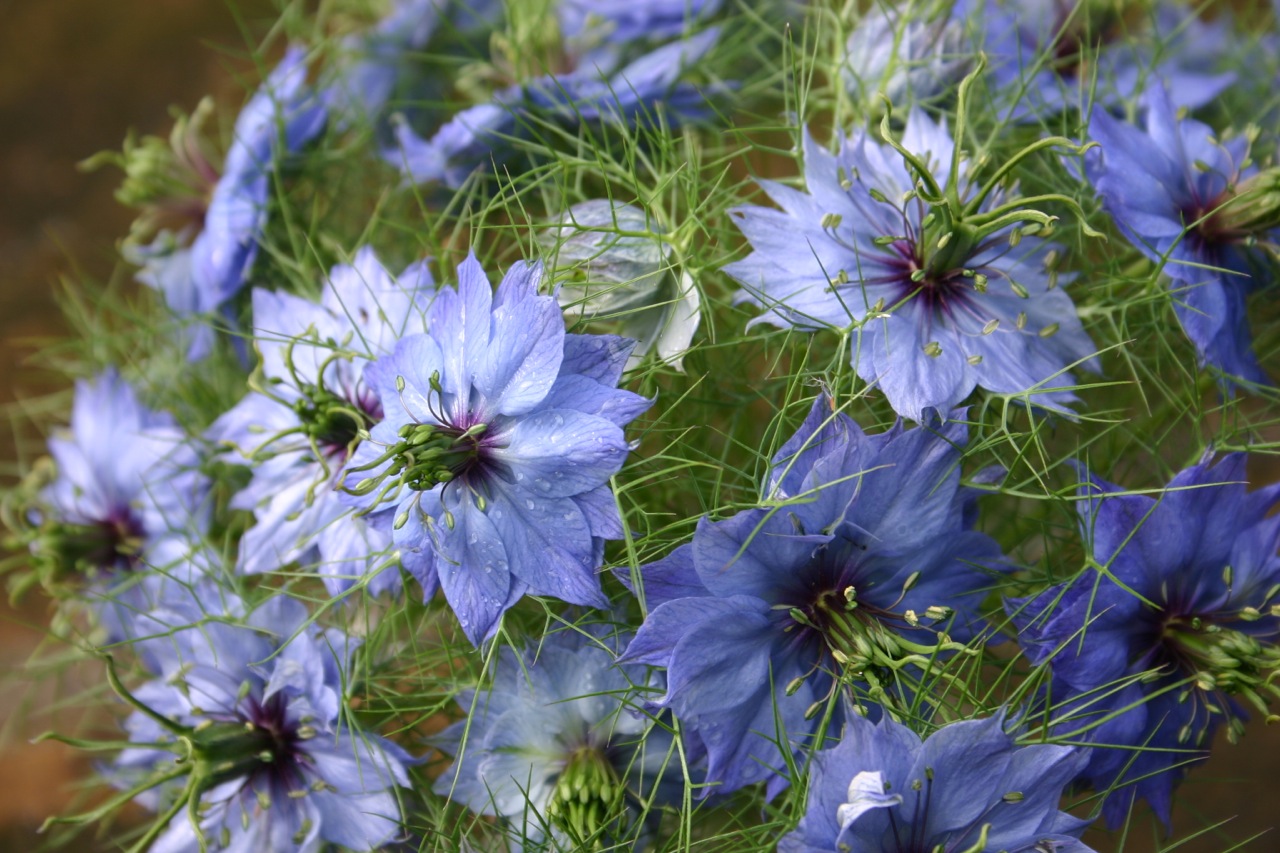 Nigella - one of those blooms that makes you feel like a professional photographer...impossible to take a bad photo of it. I have an abundance this year, thanks to my sowing a few plants two years ago, and being scandalously lax with the weeding etc. ever since.
Nigella - one of those blooms that makes you feel like a professional photographer...impossible to take a bad photo of it. I have an abundance this year, thanks to my sowing a few plants two years ago, and being scandalously lax with the weeding etc. ever since.